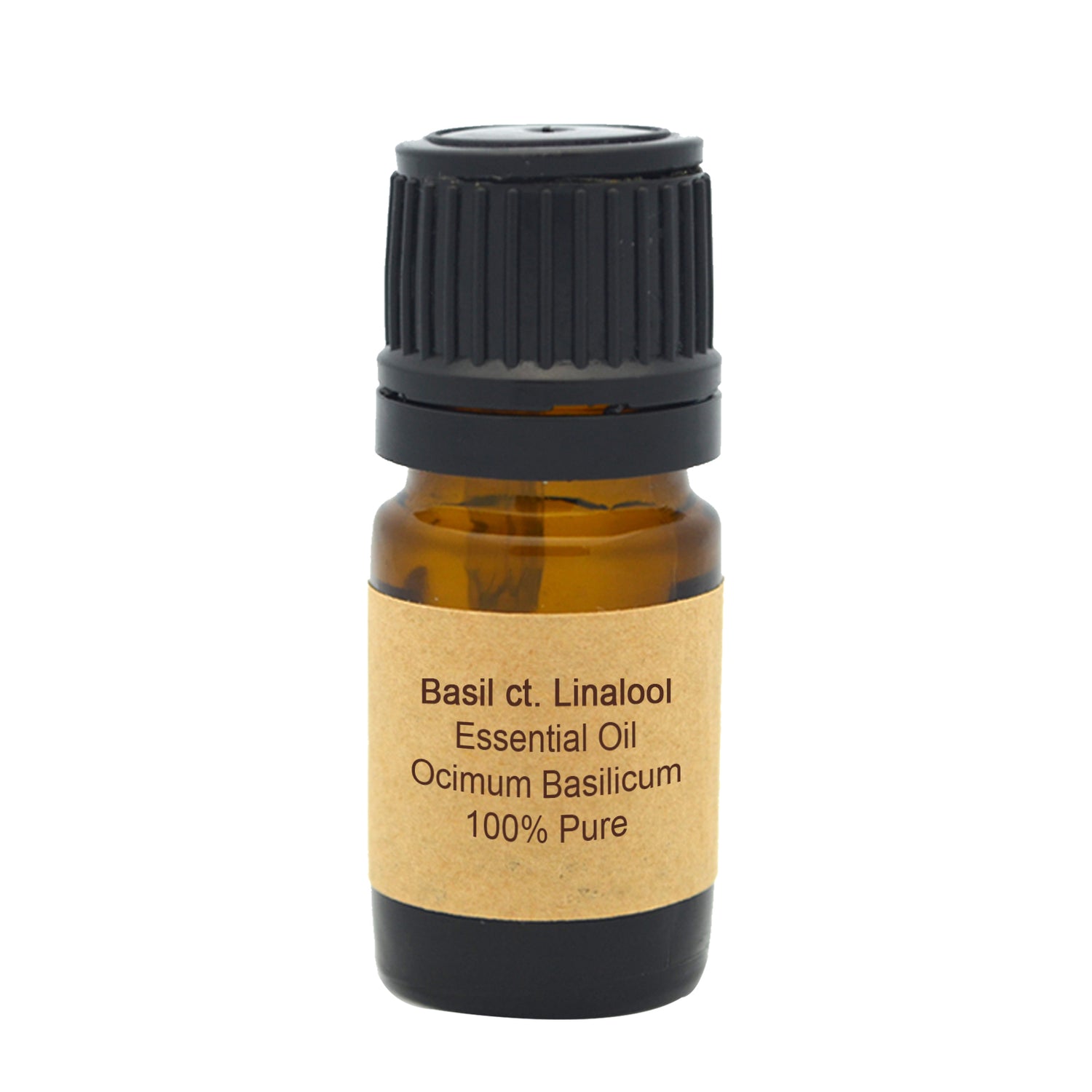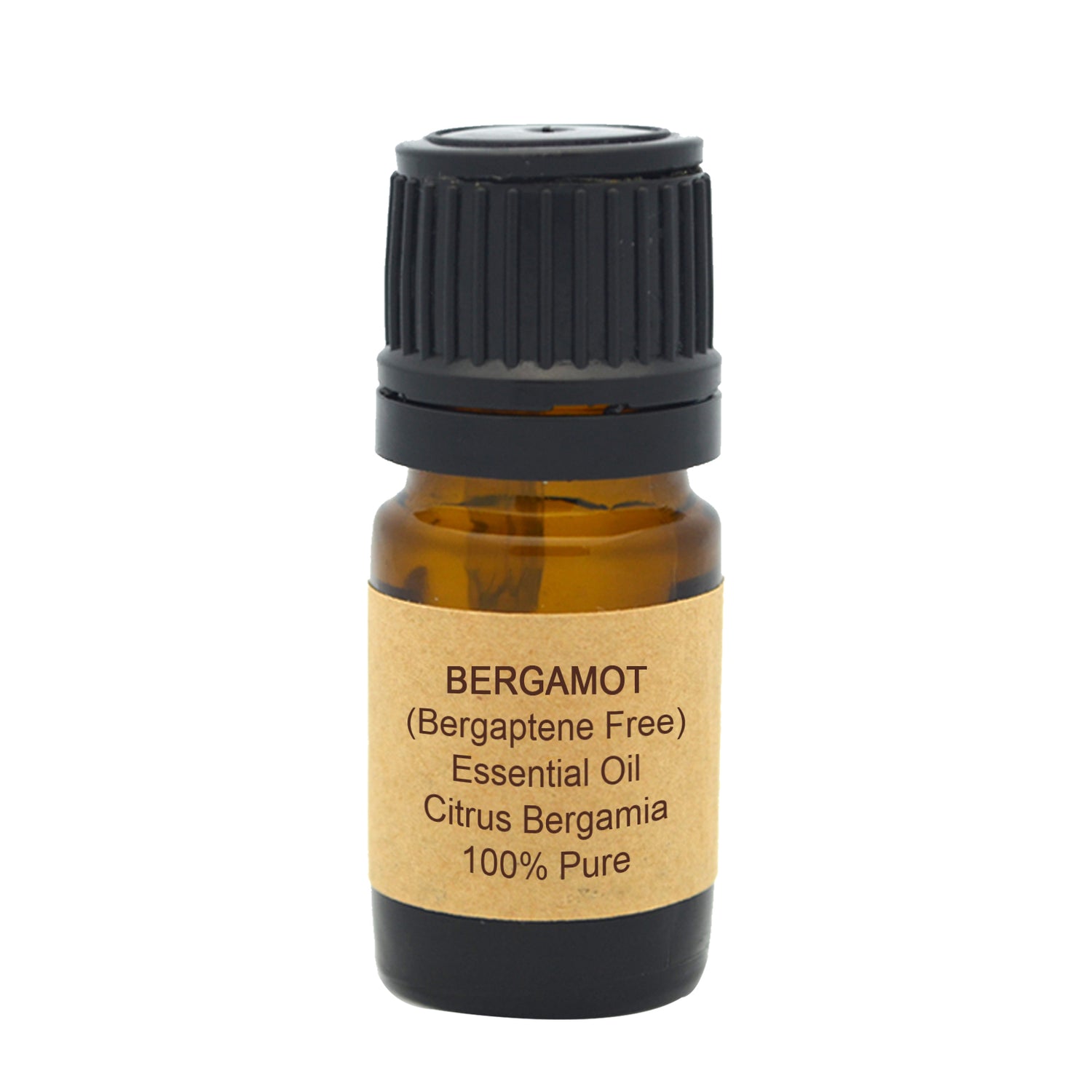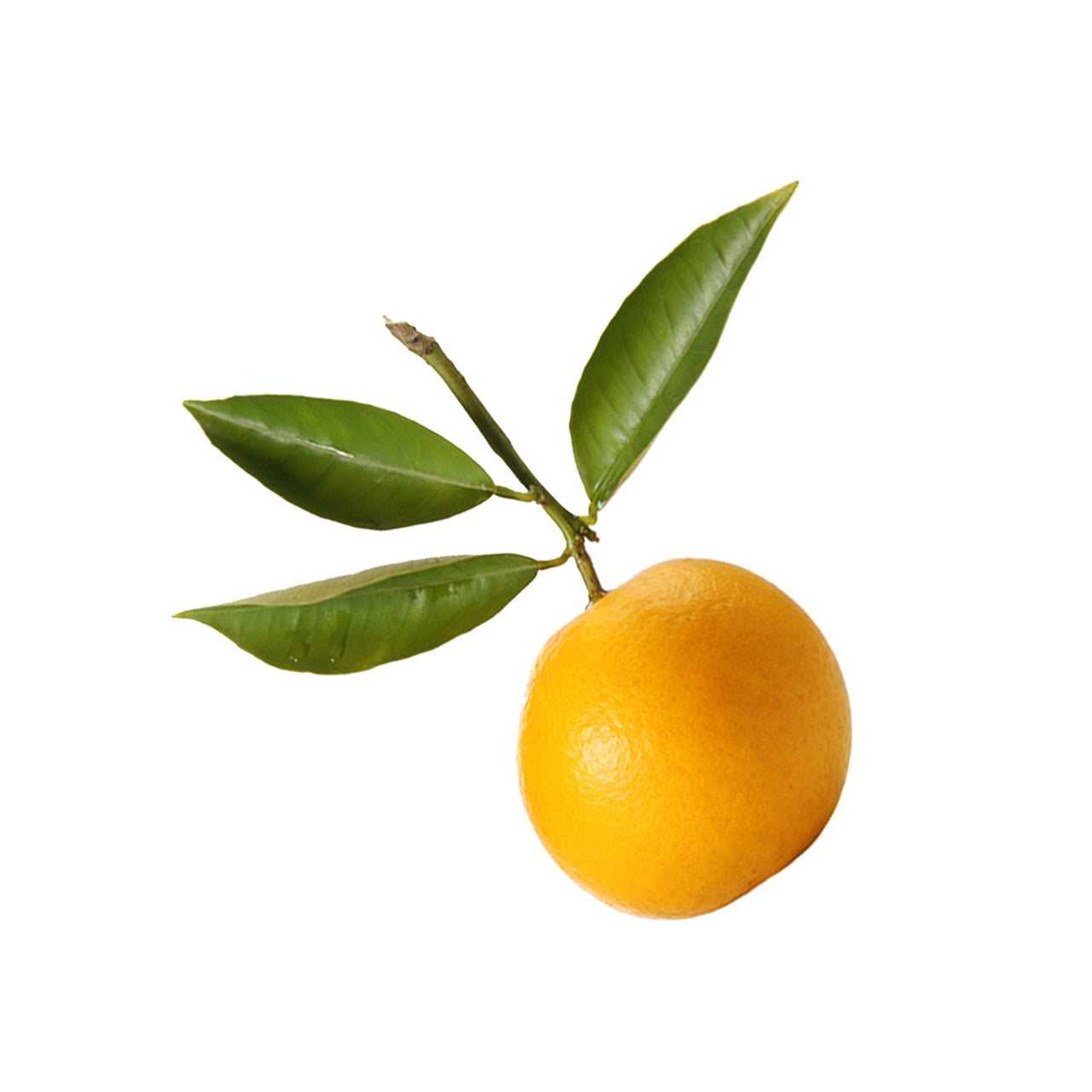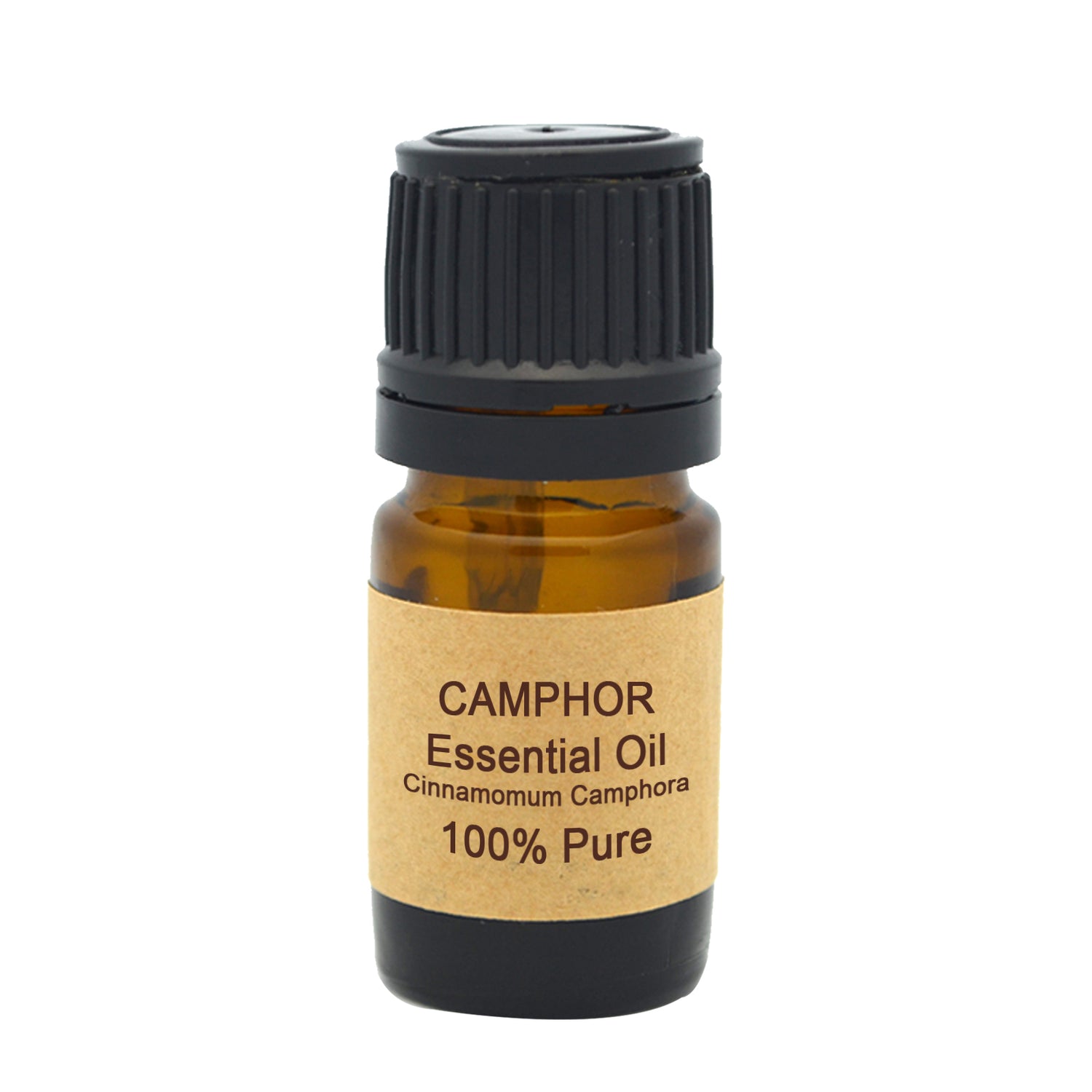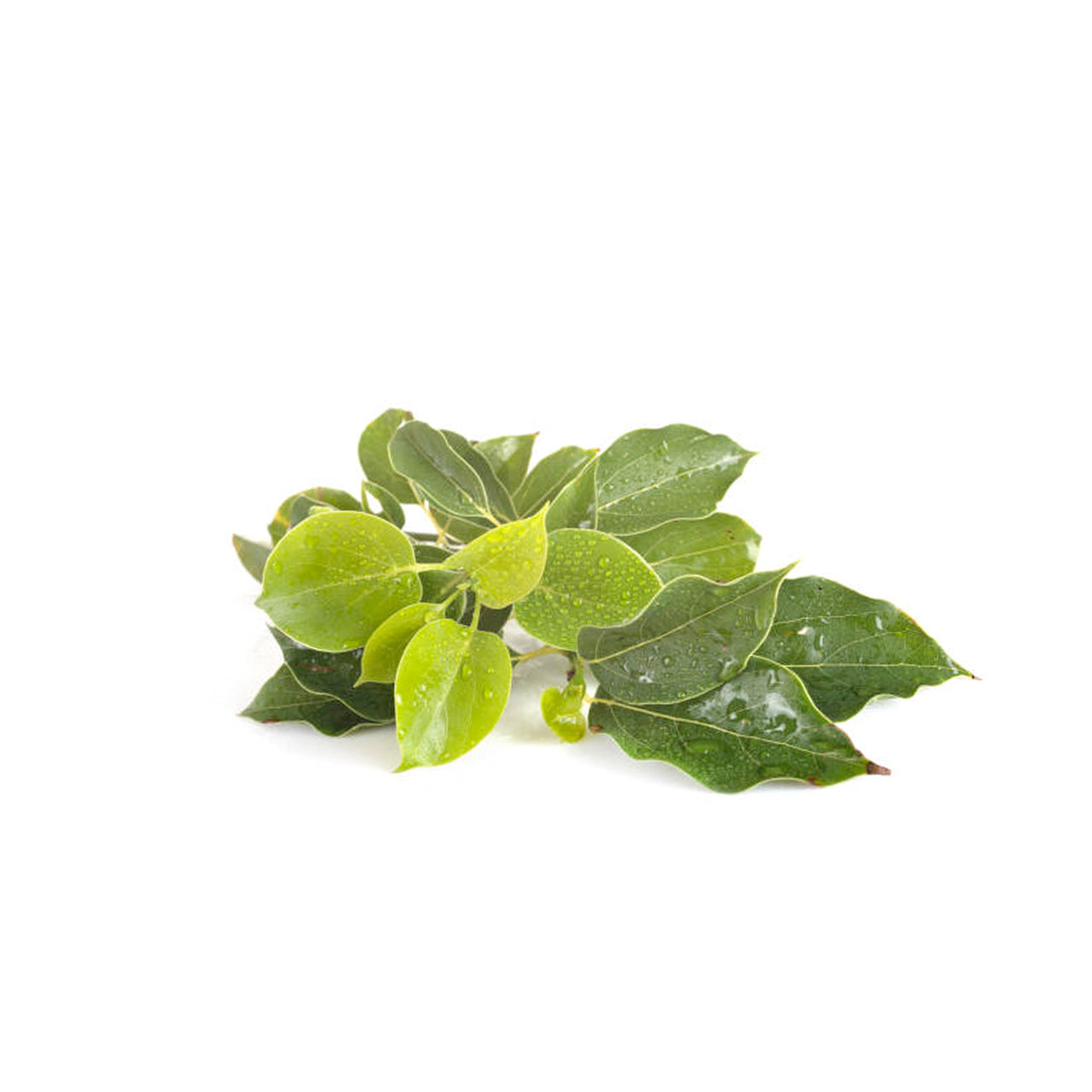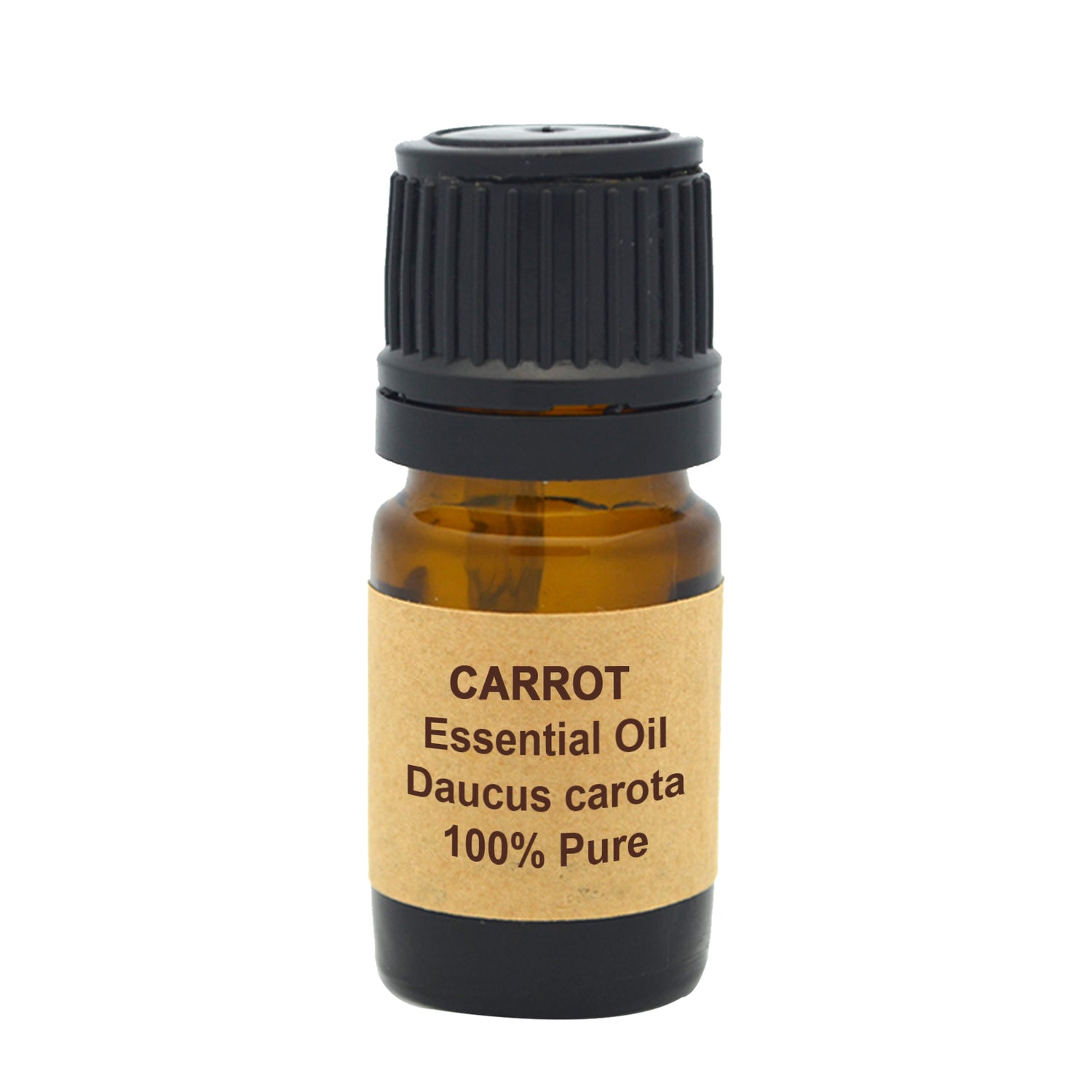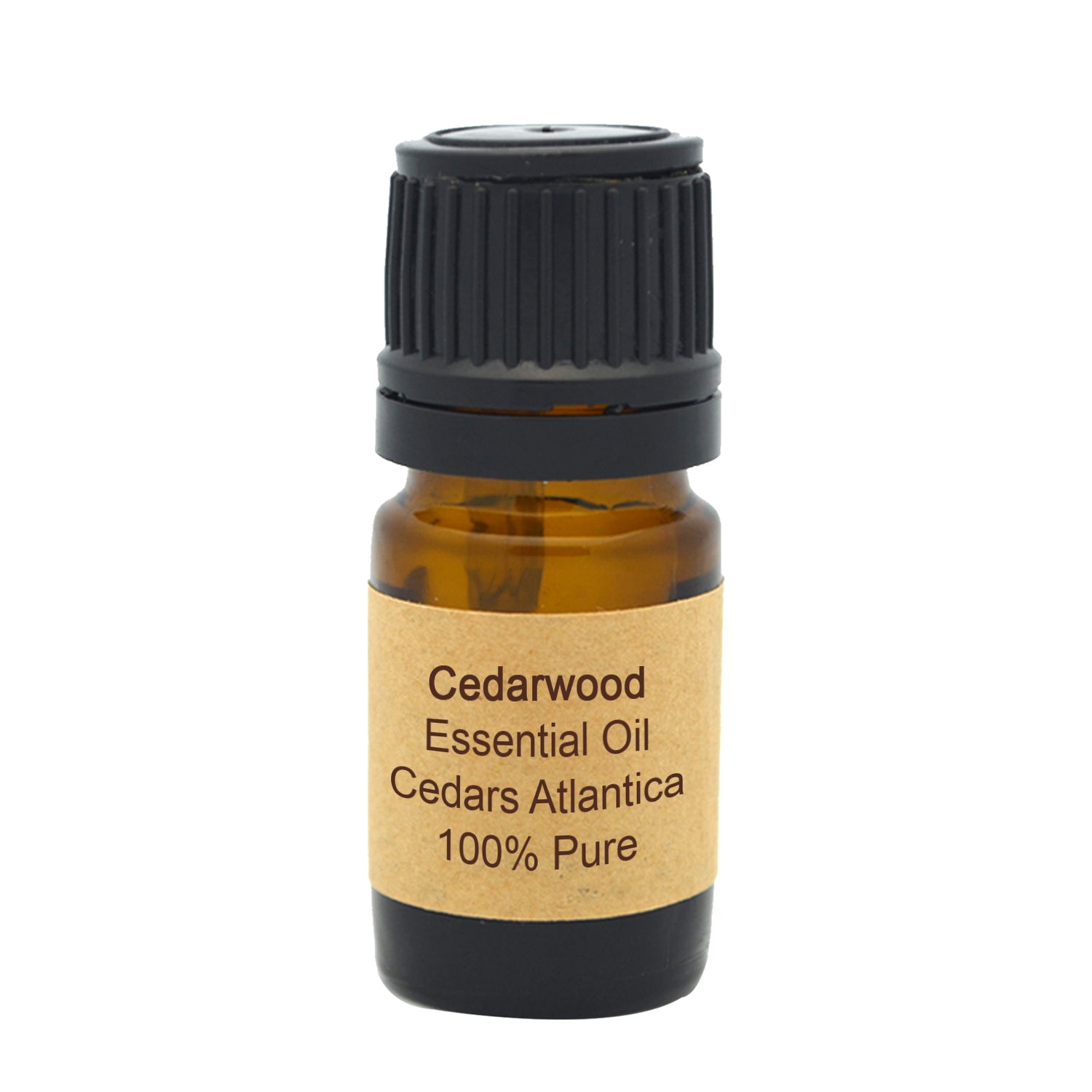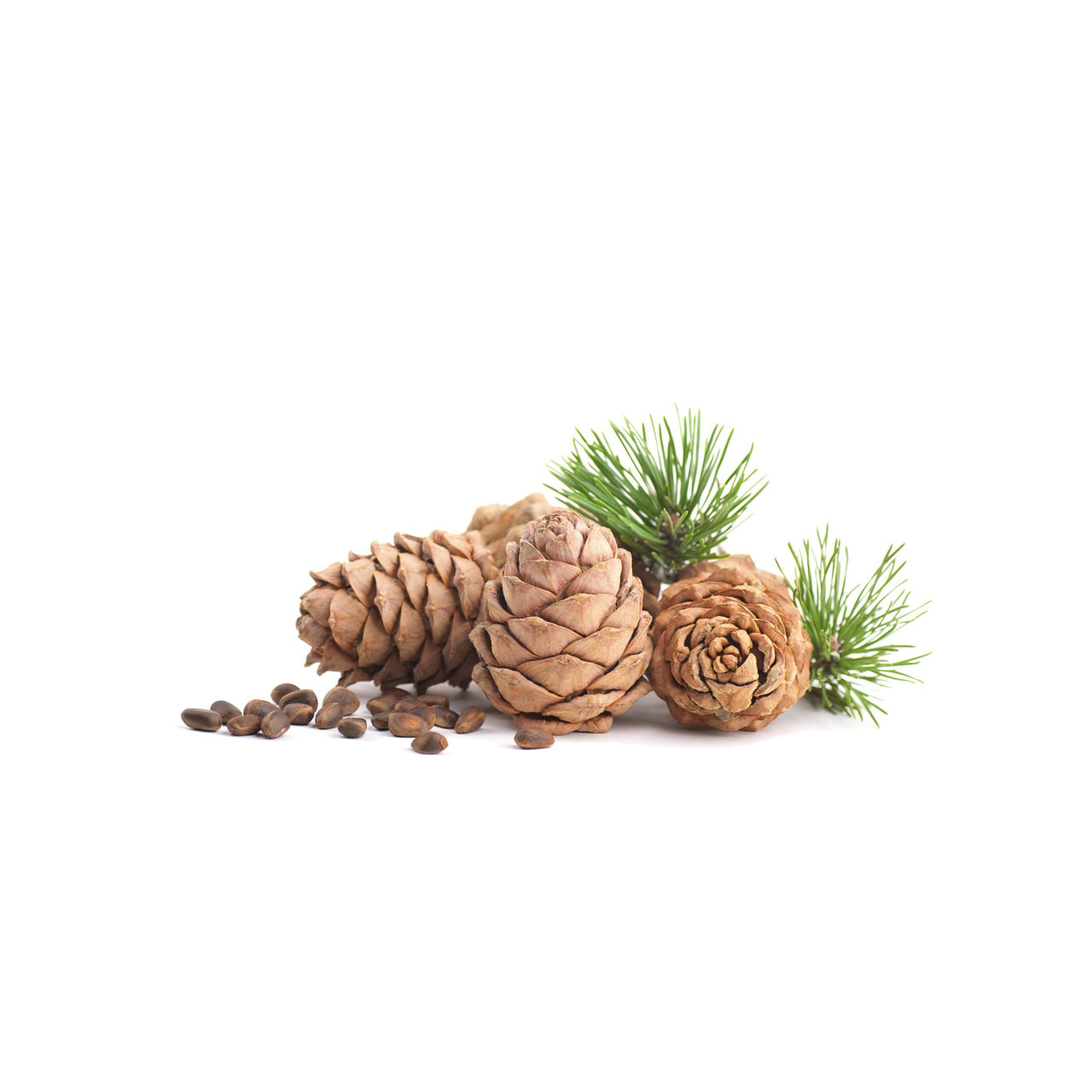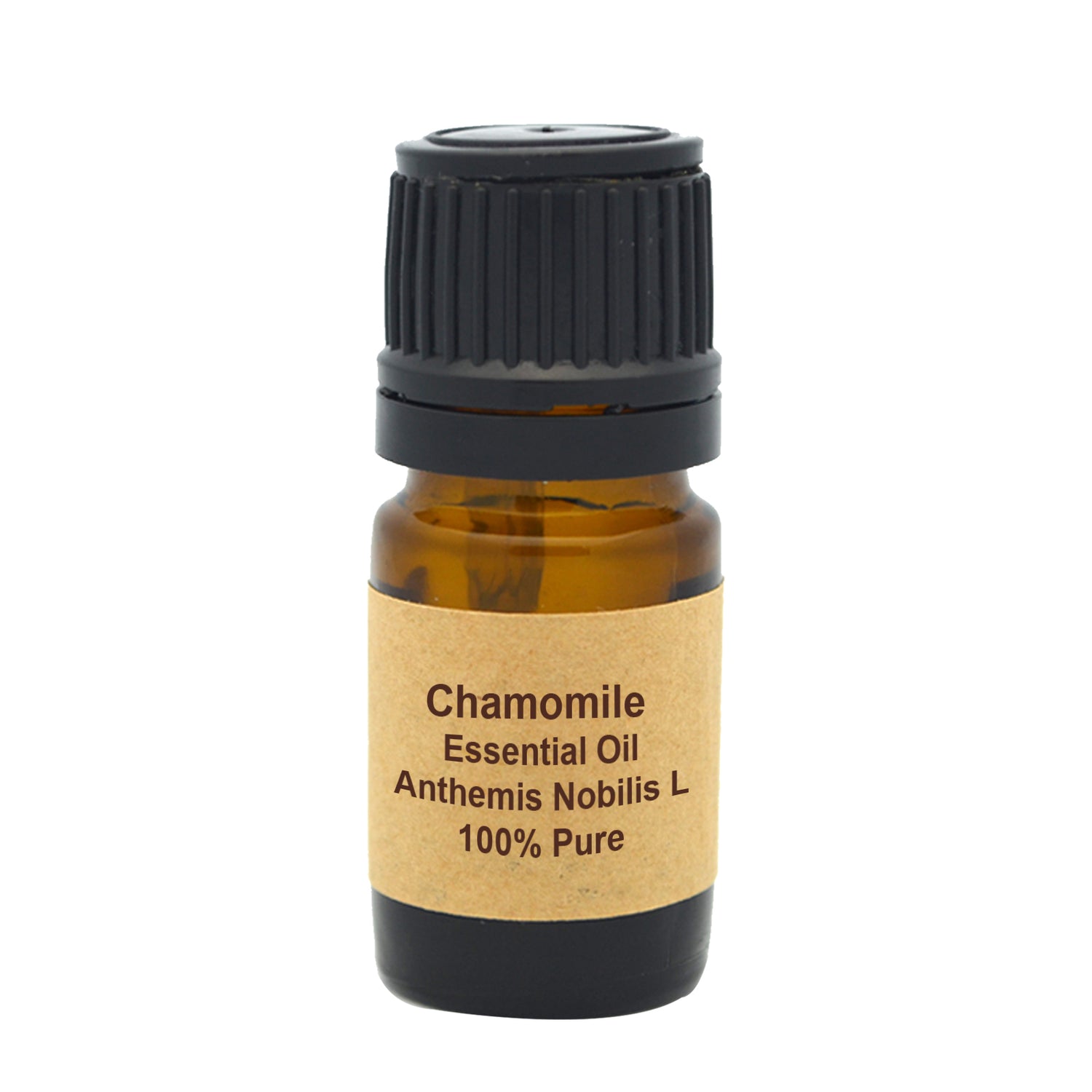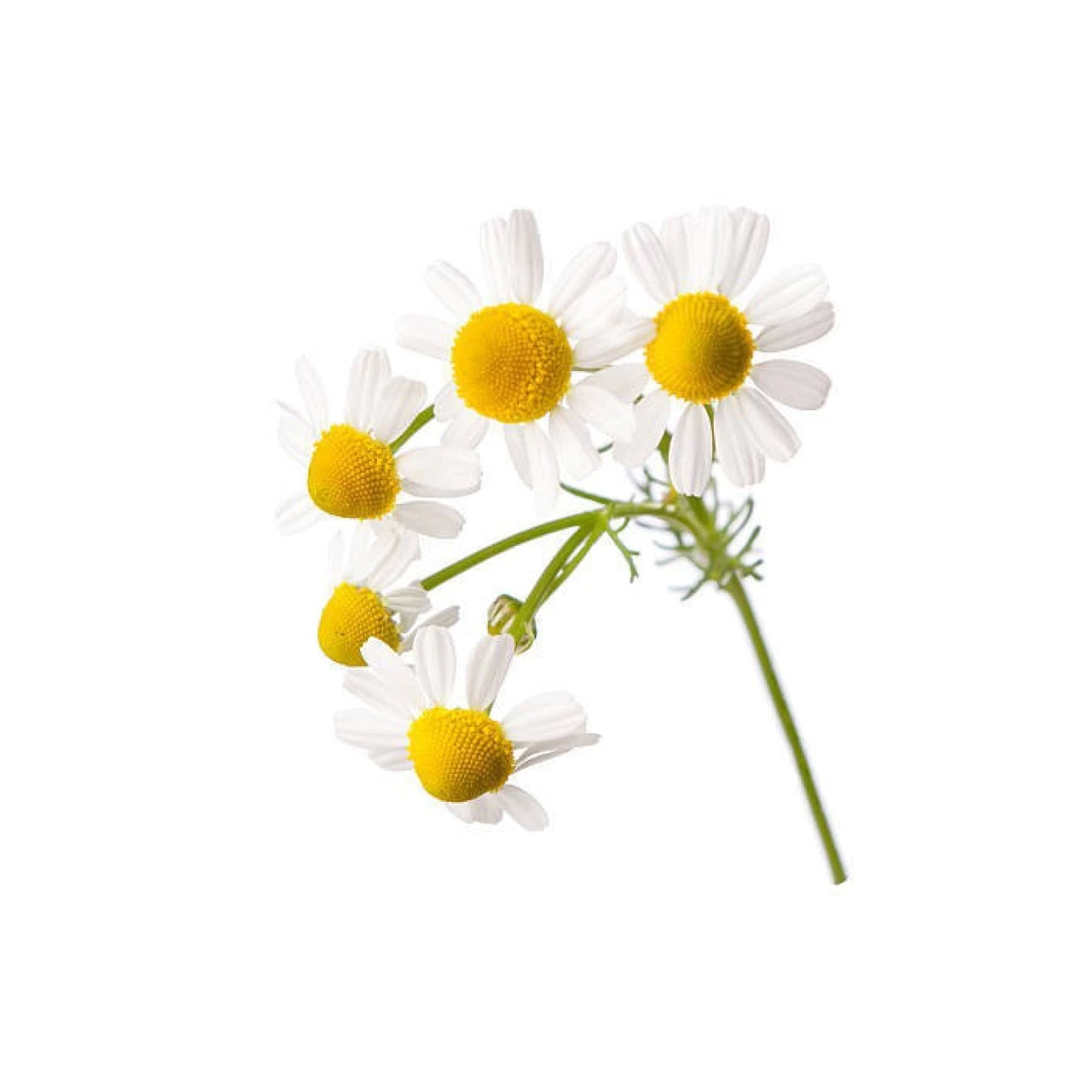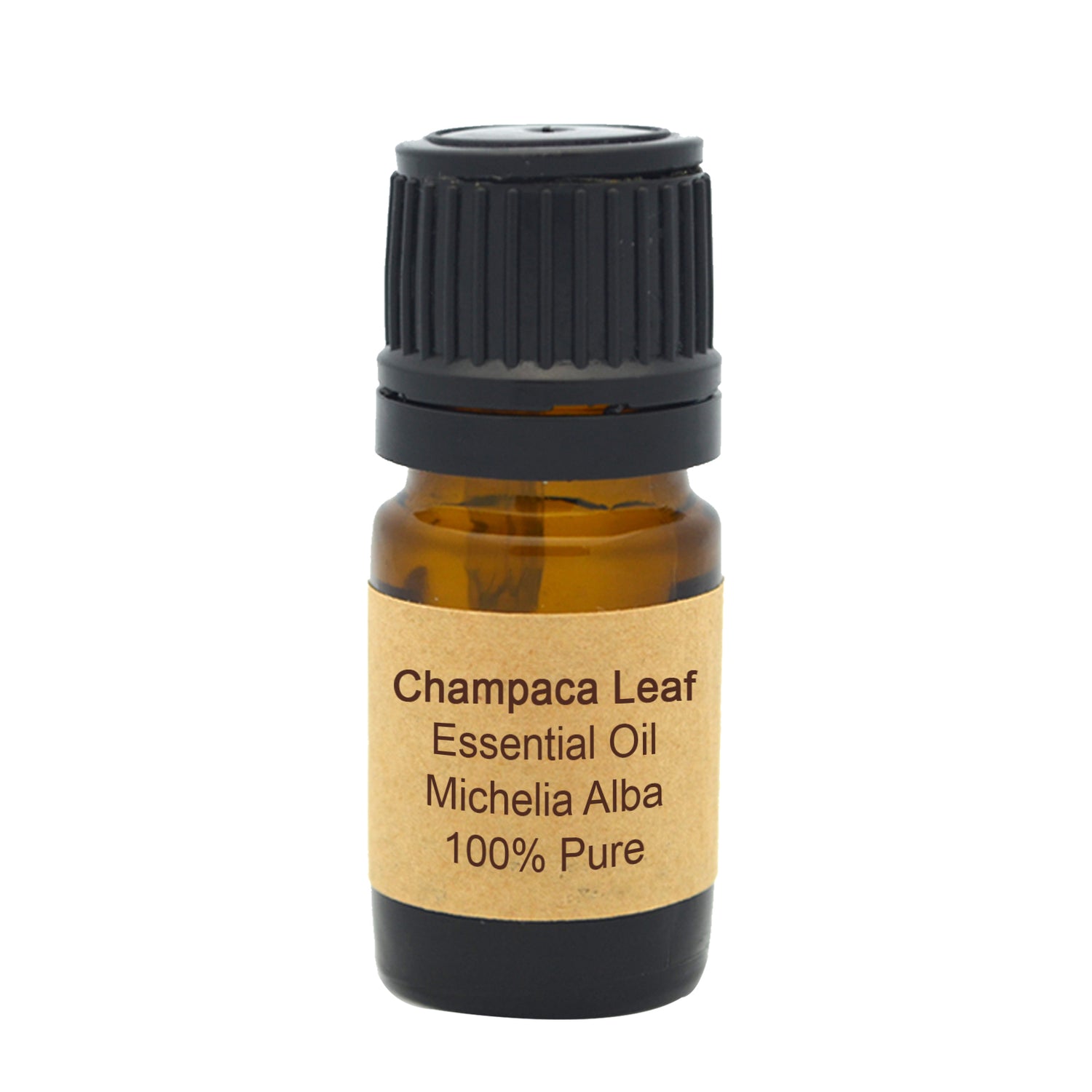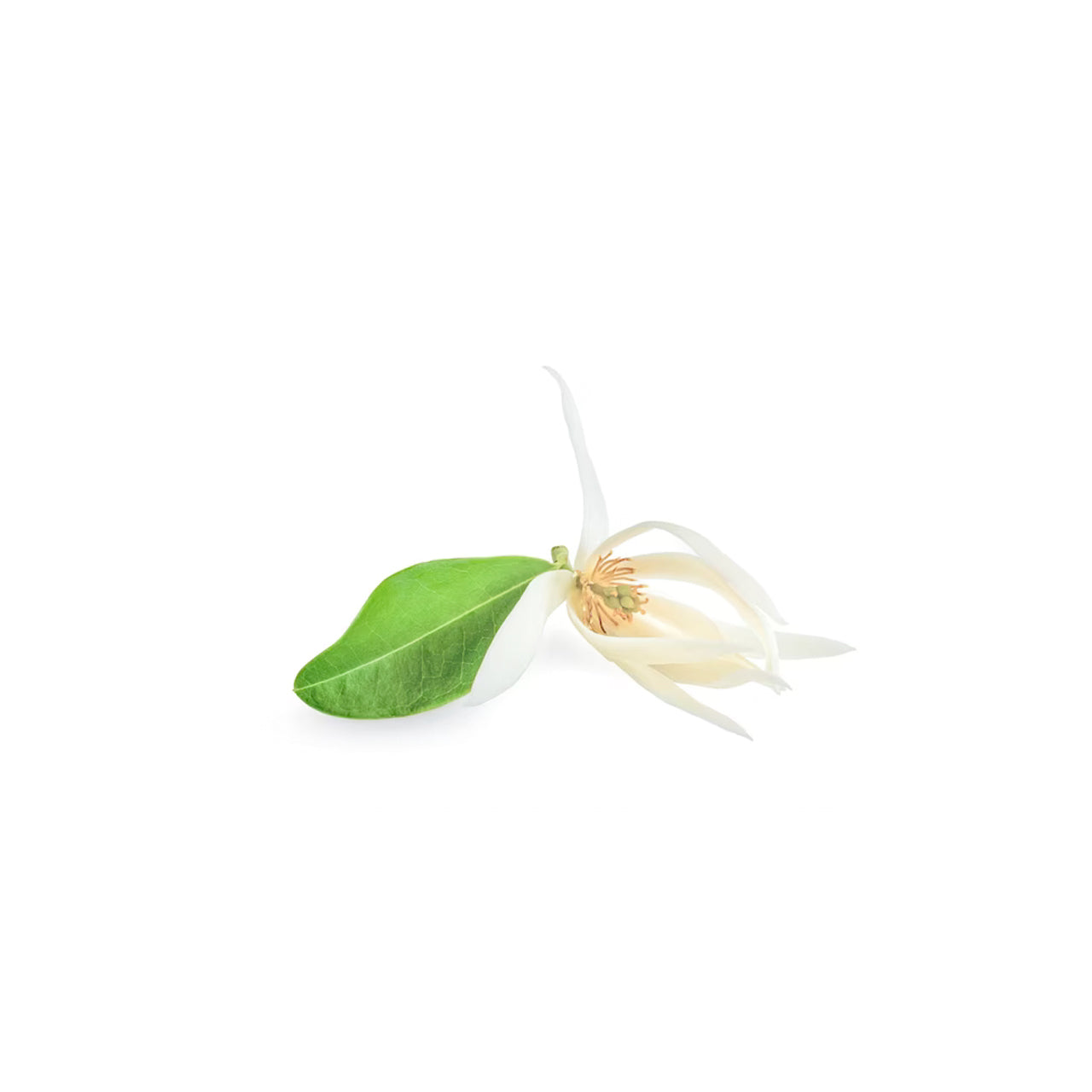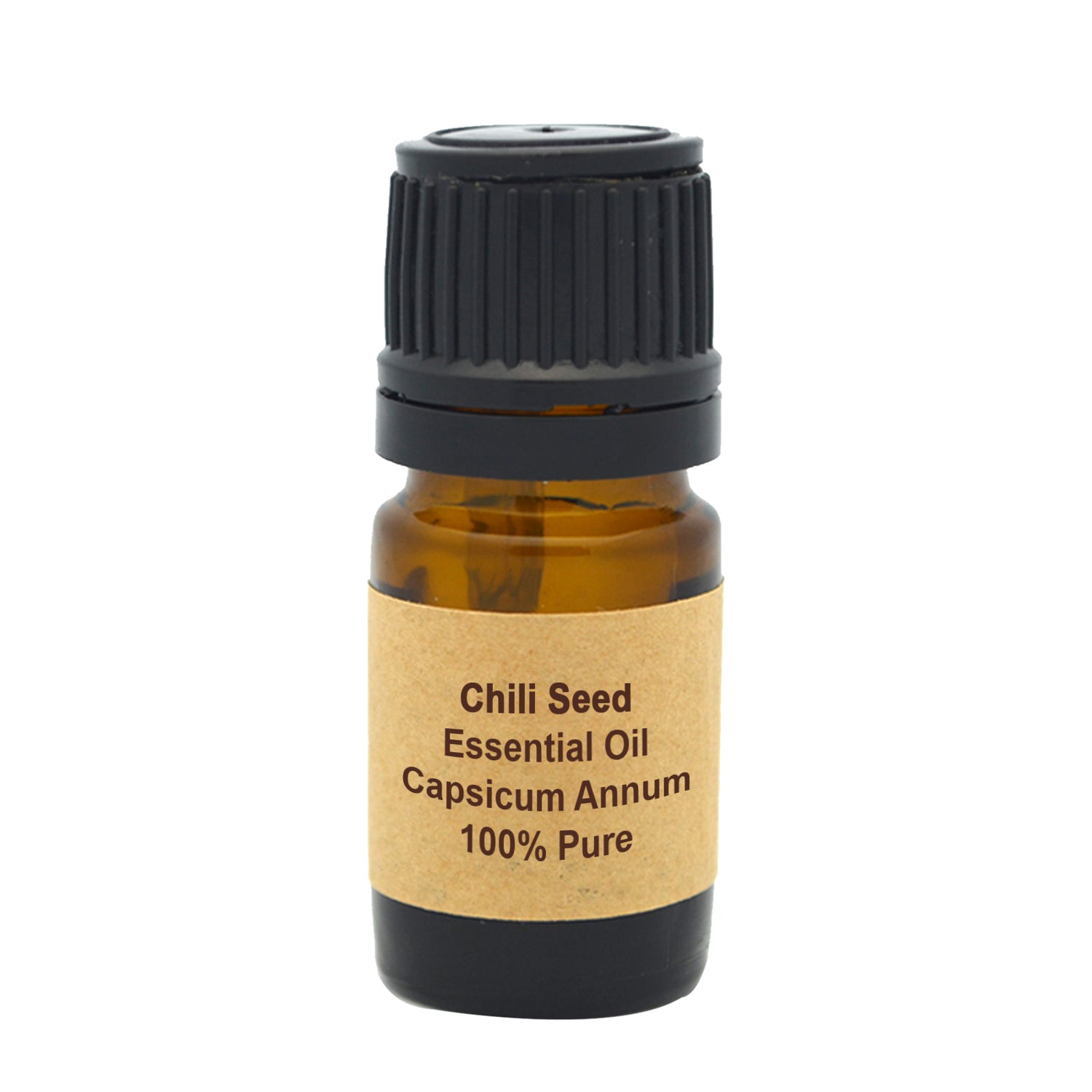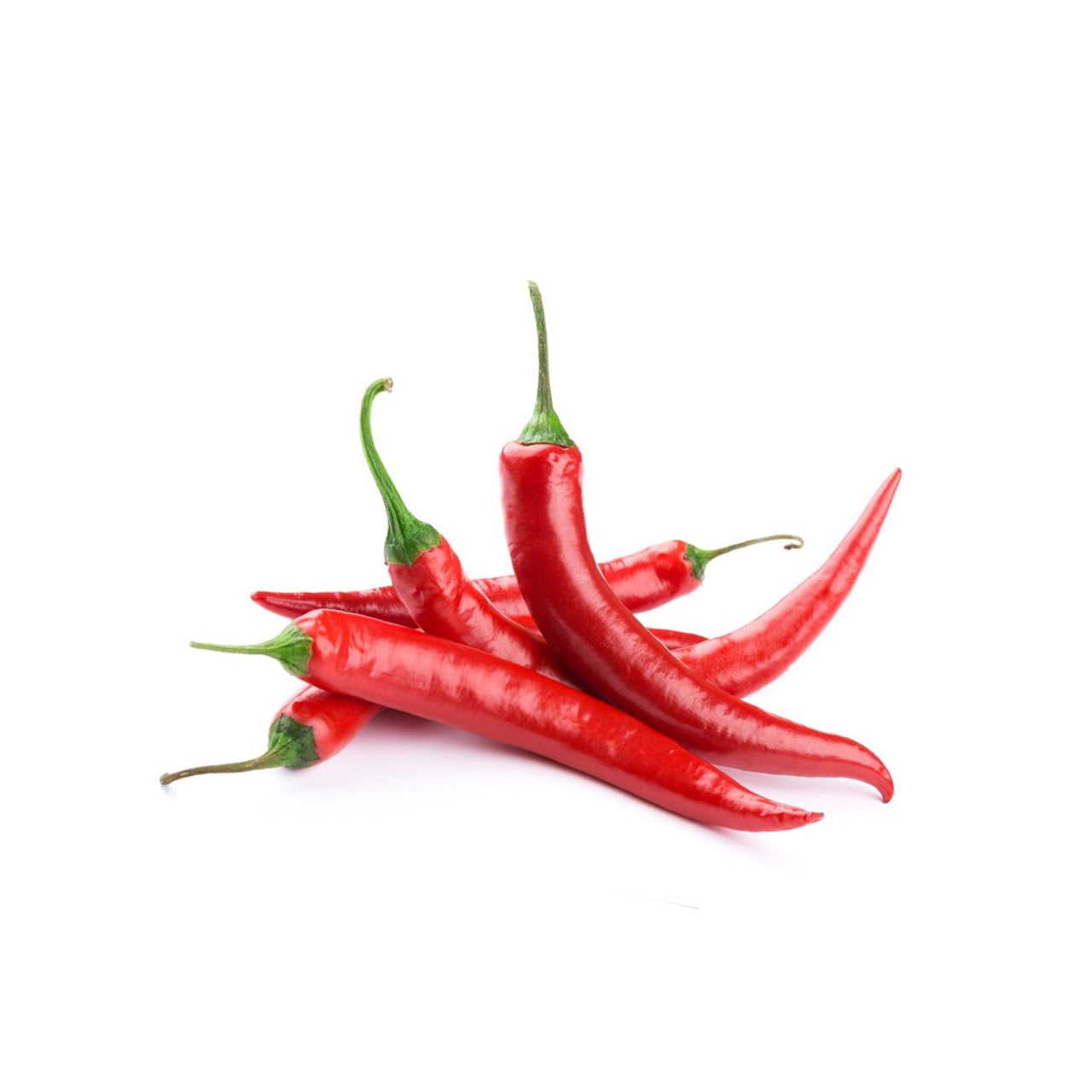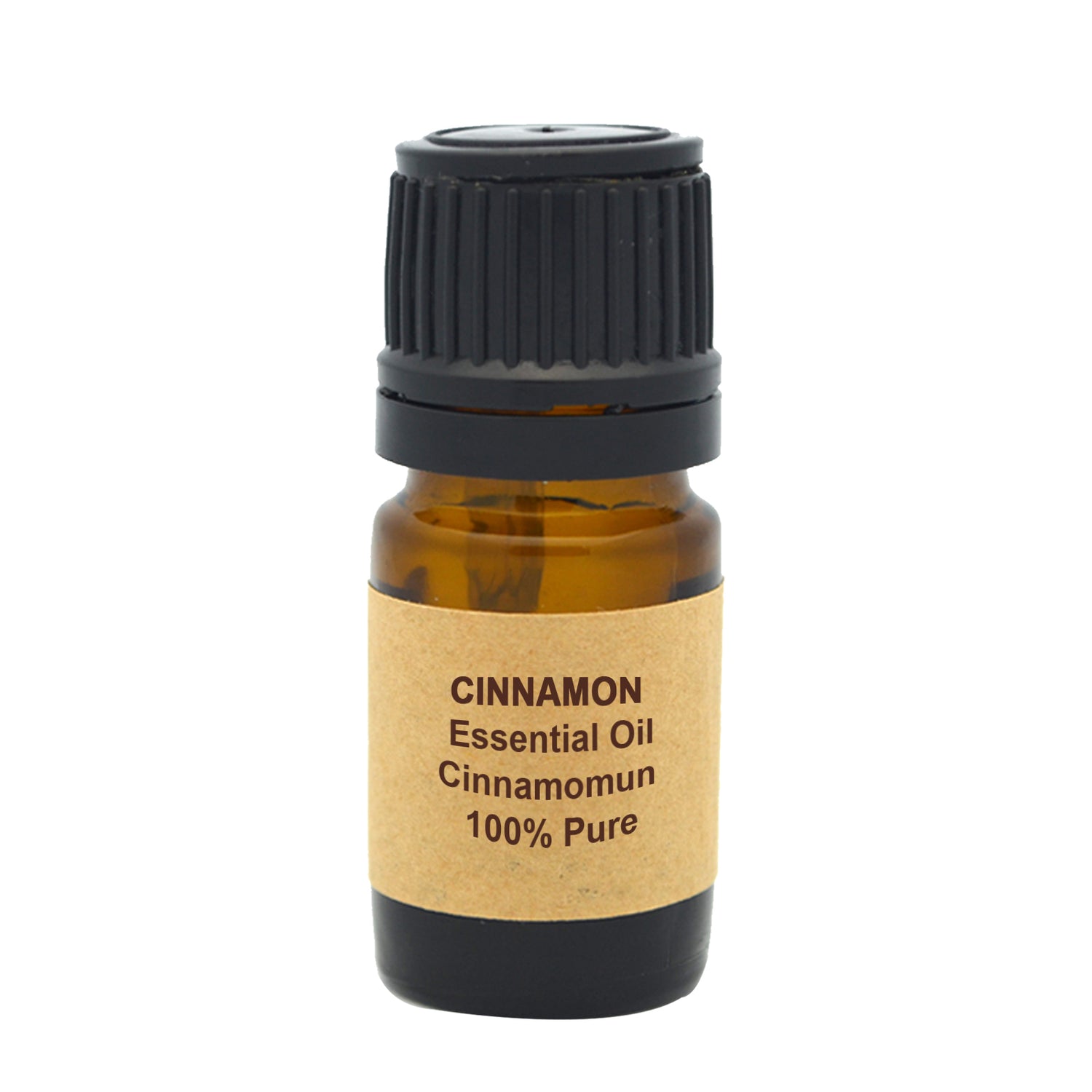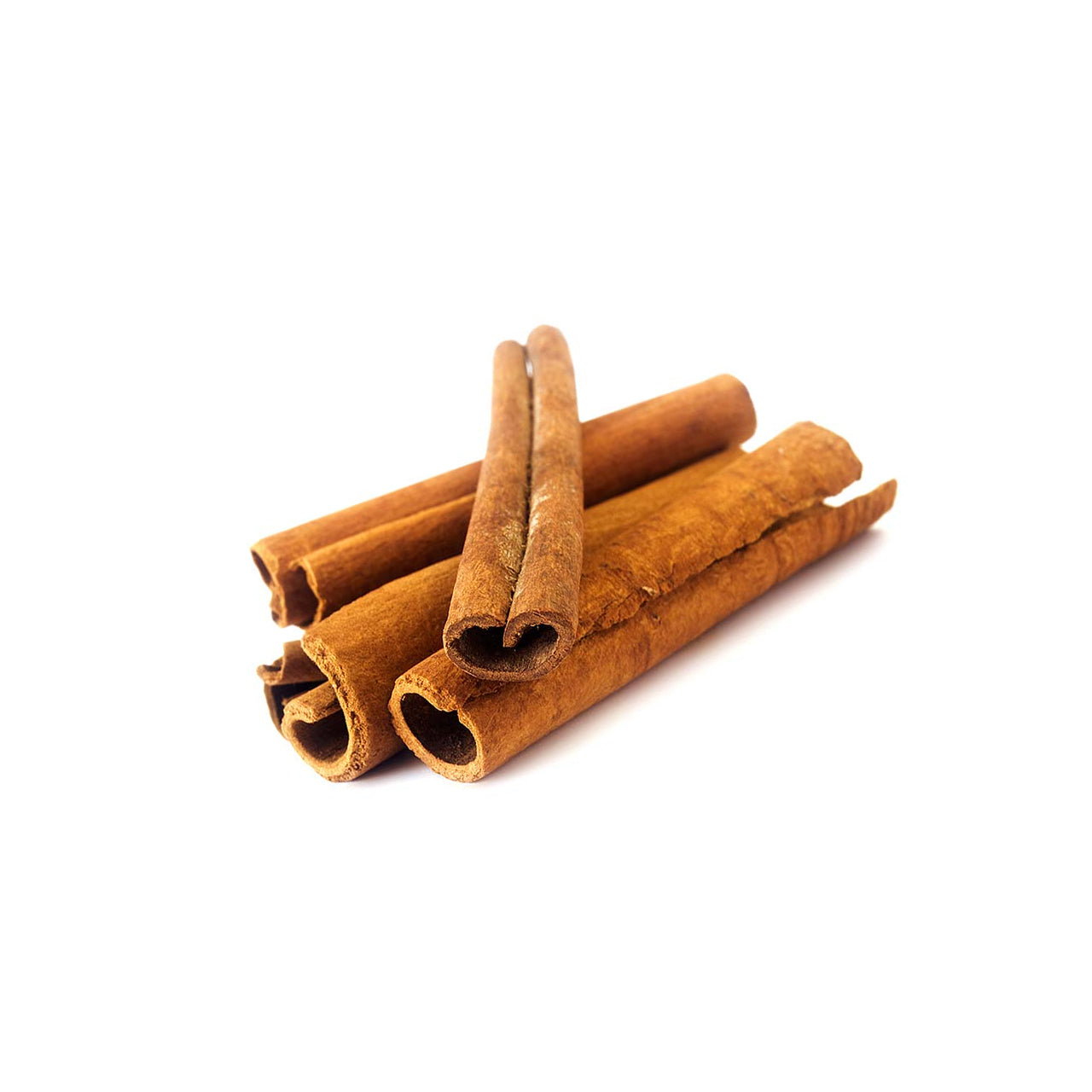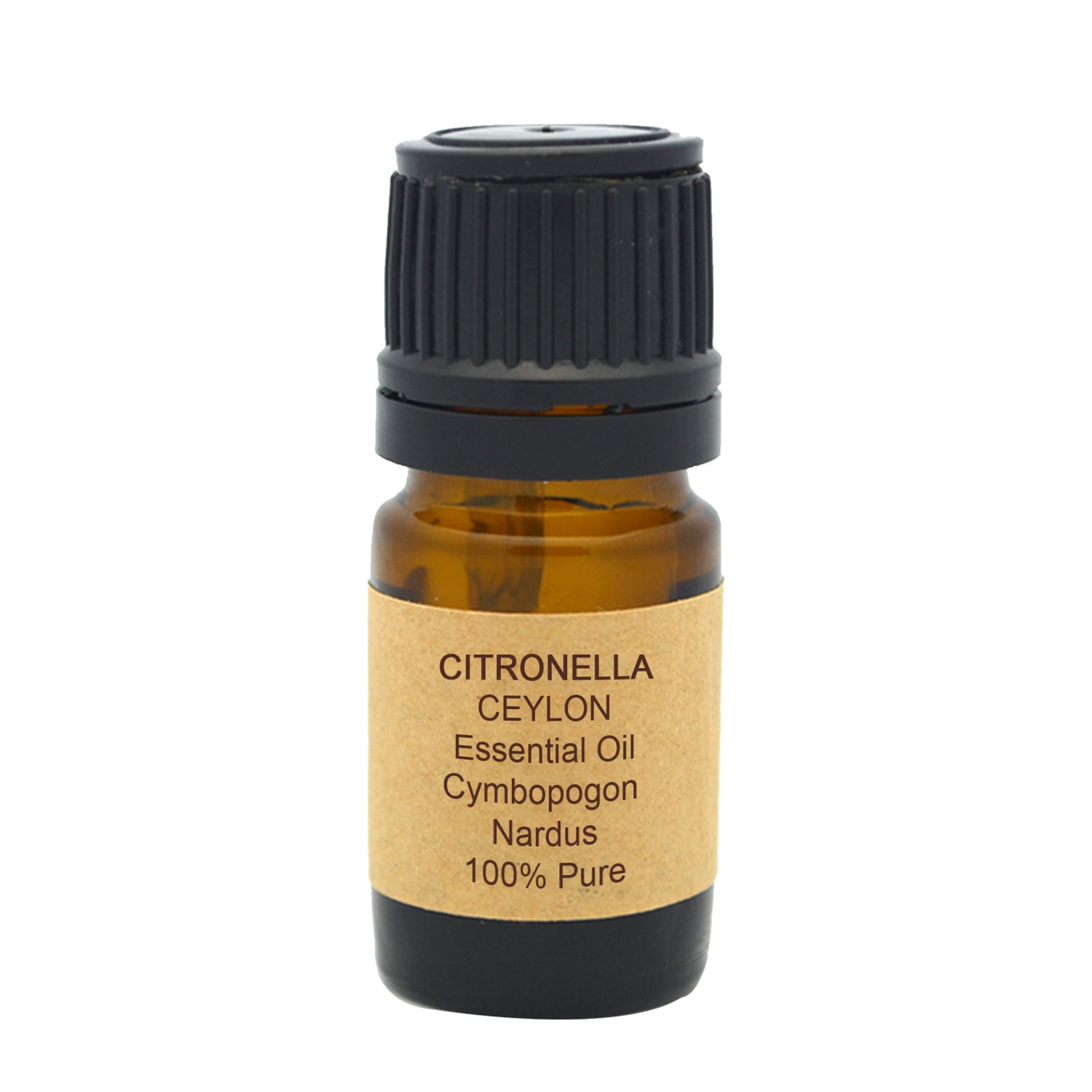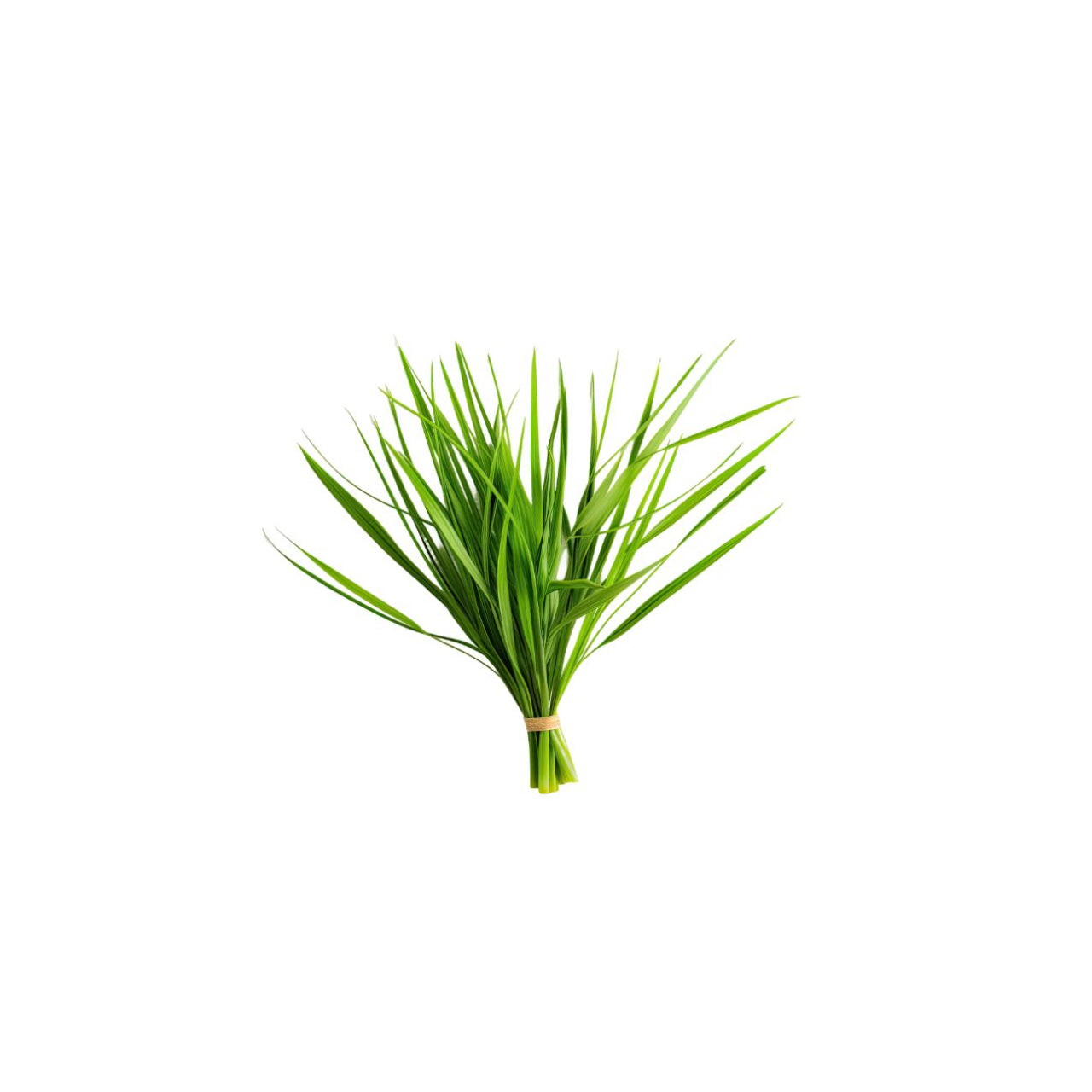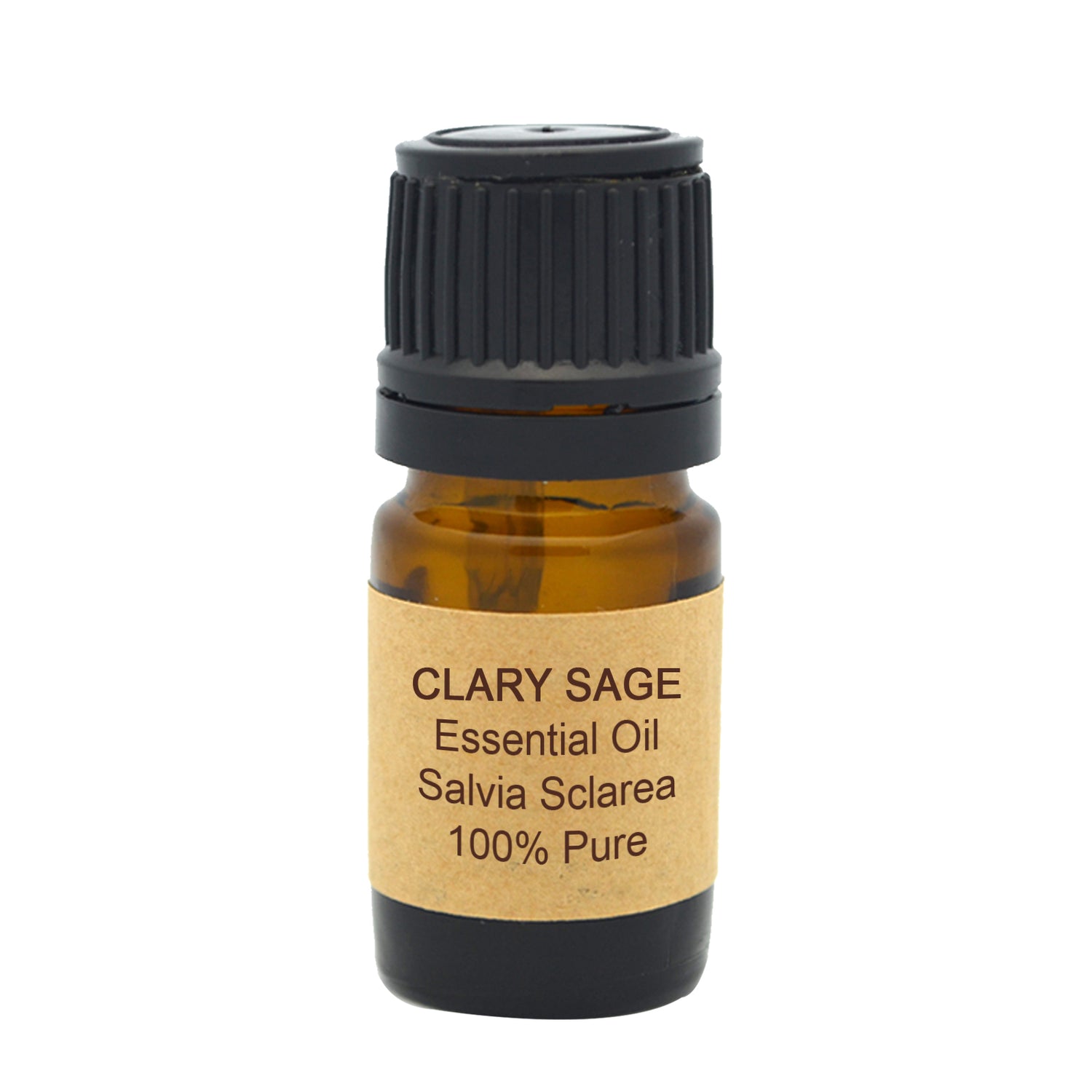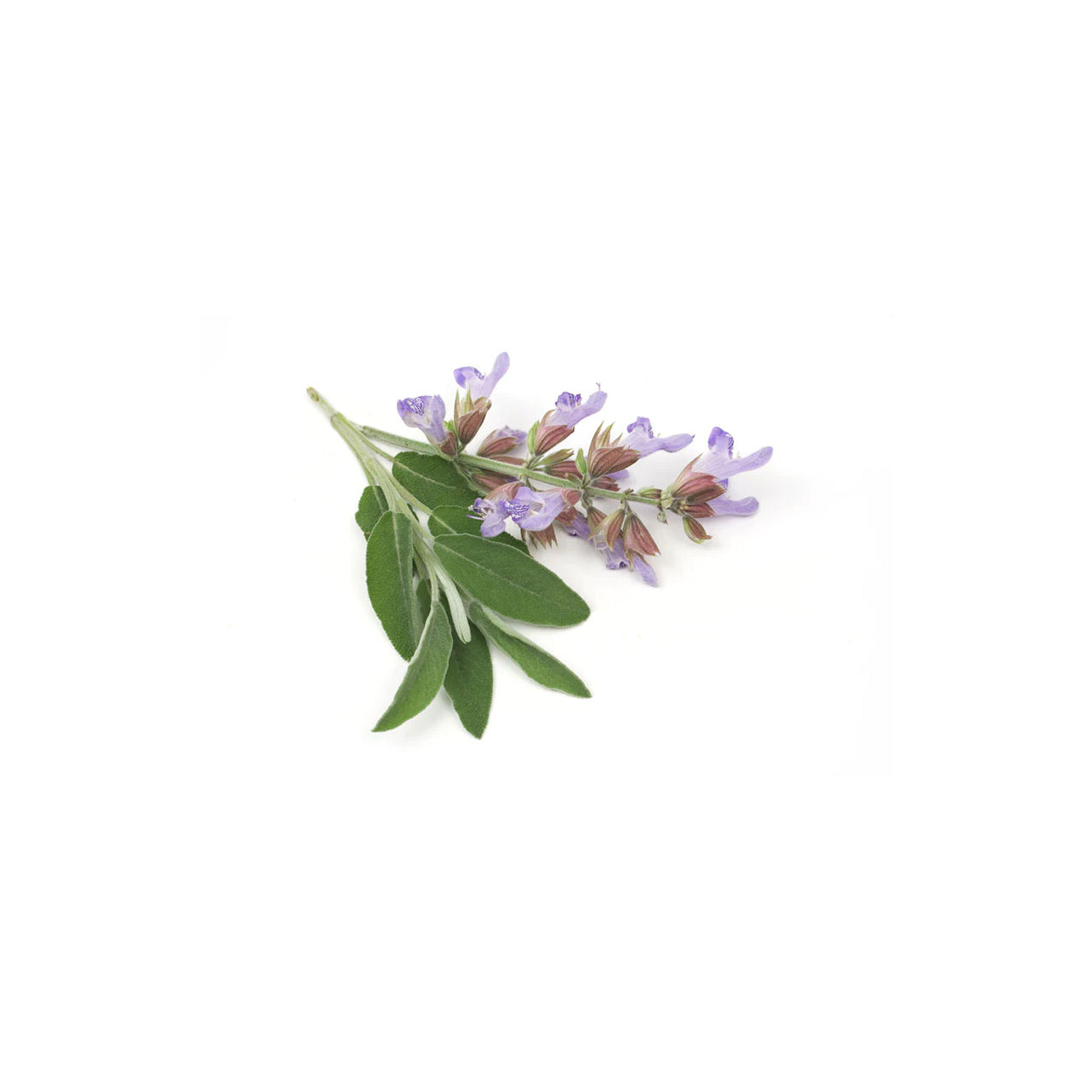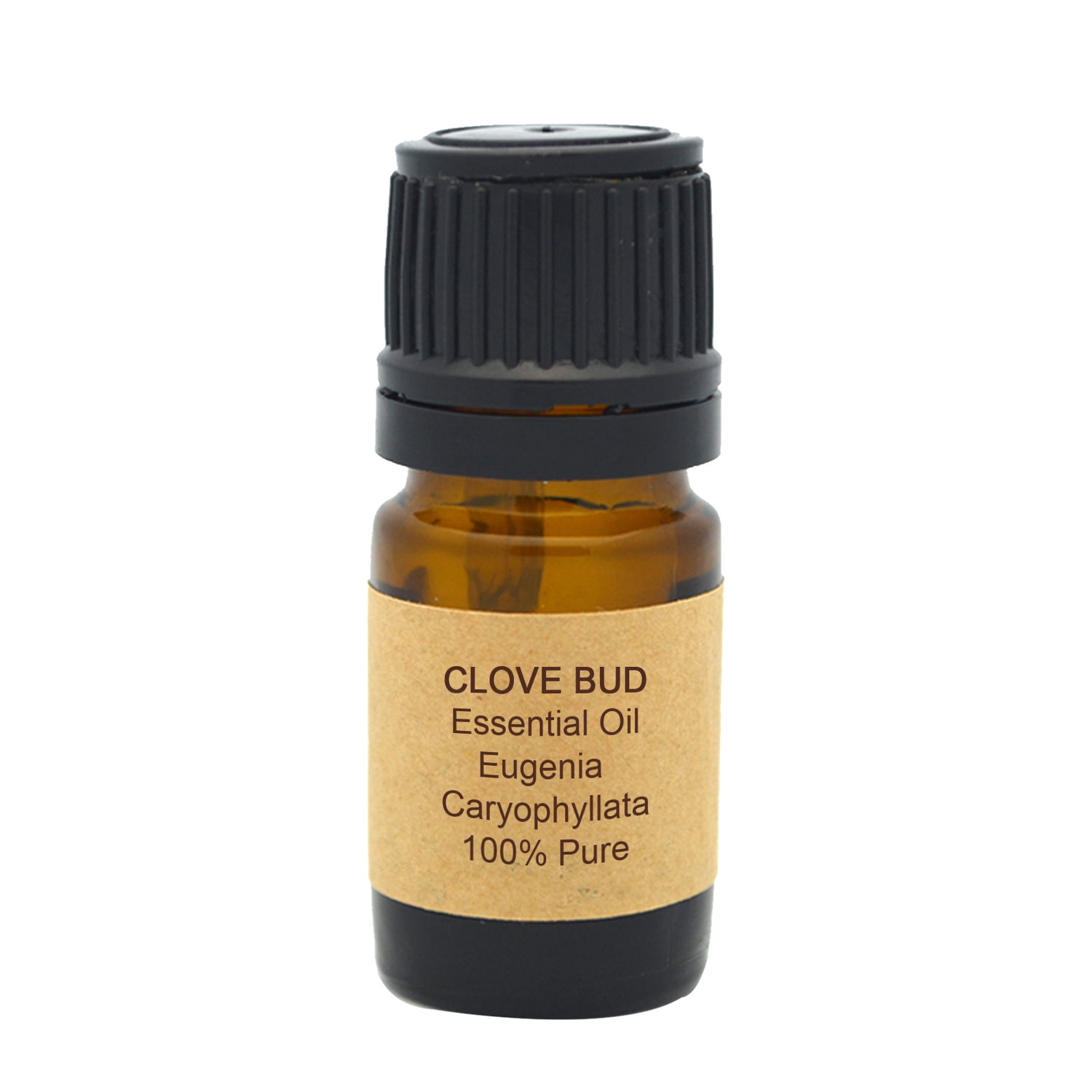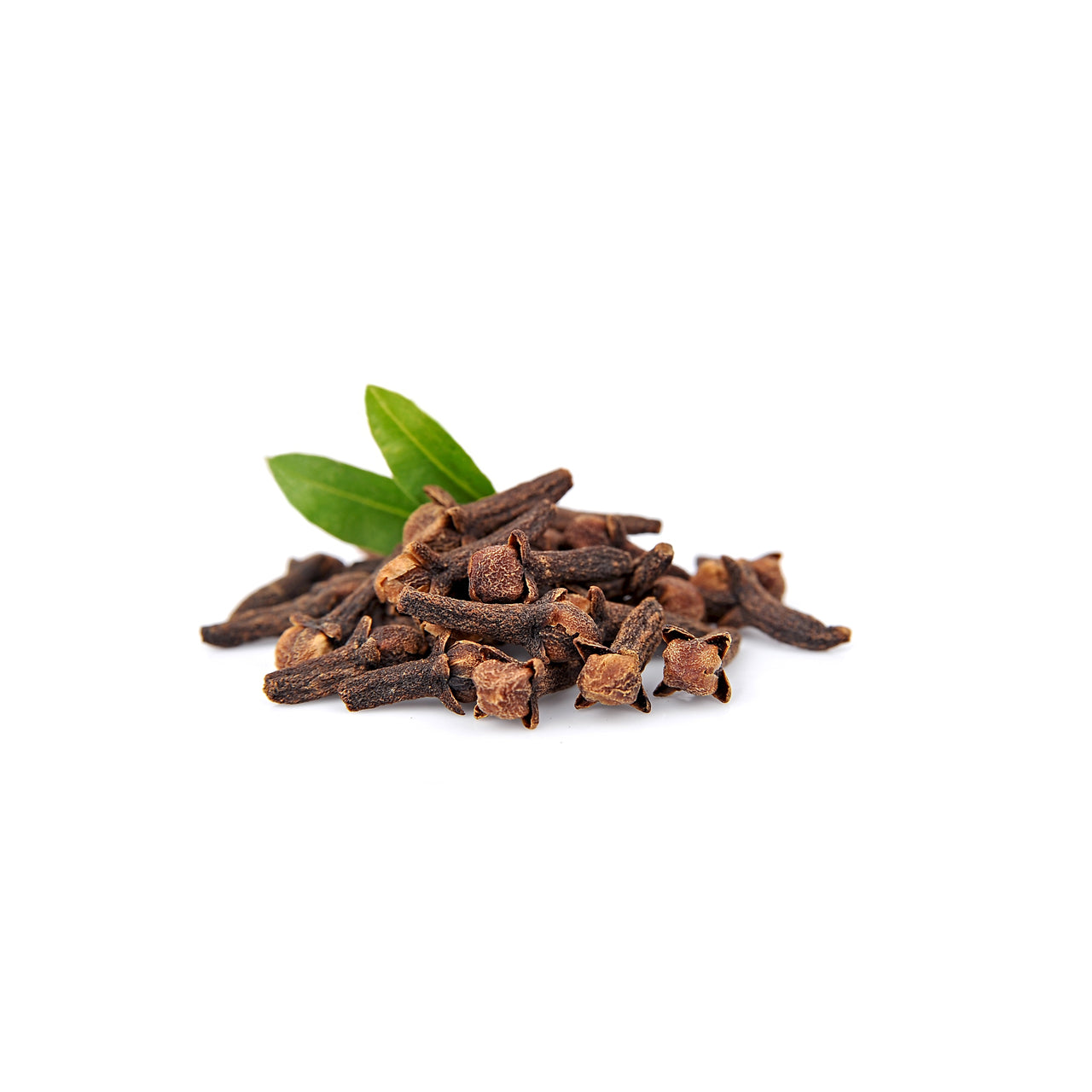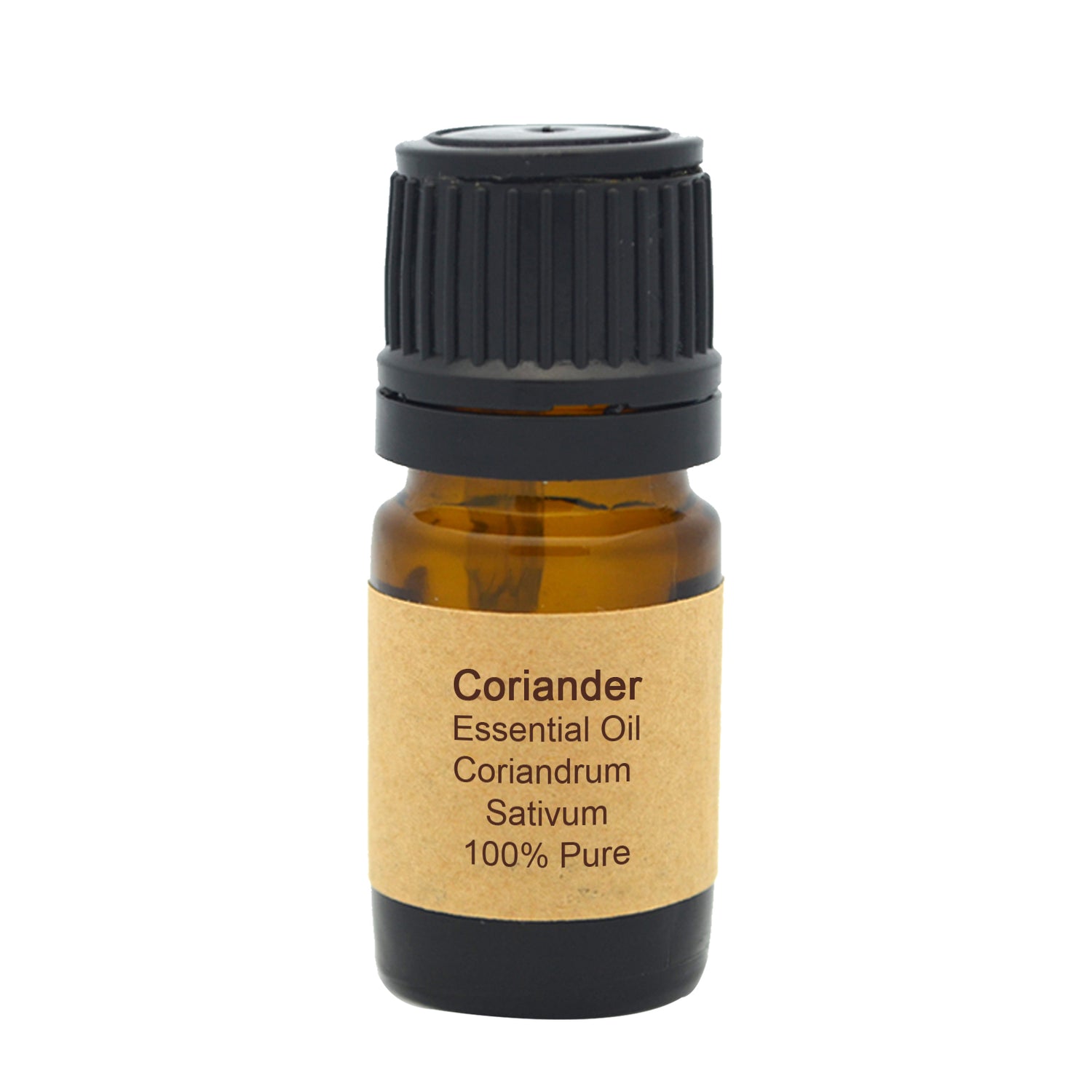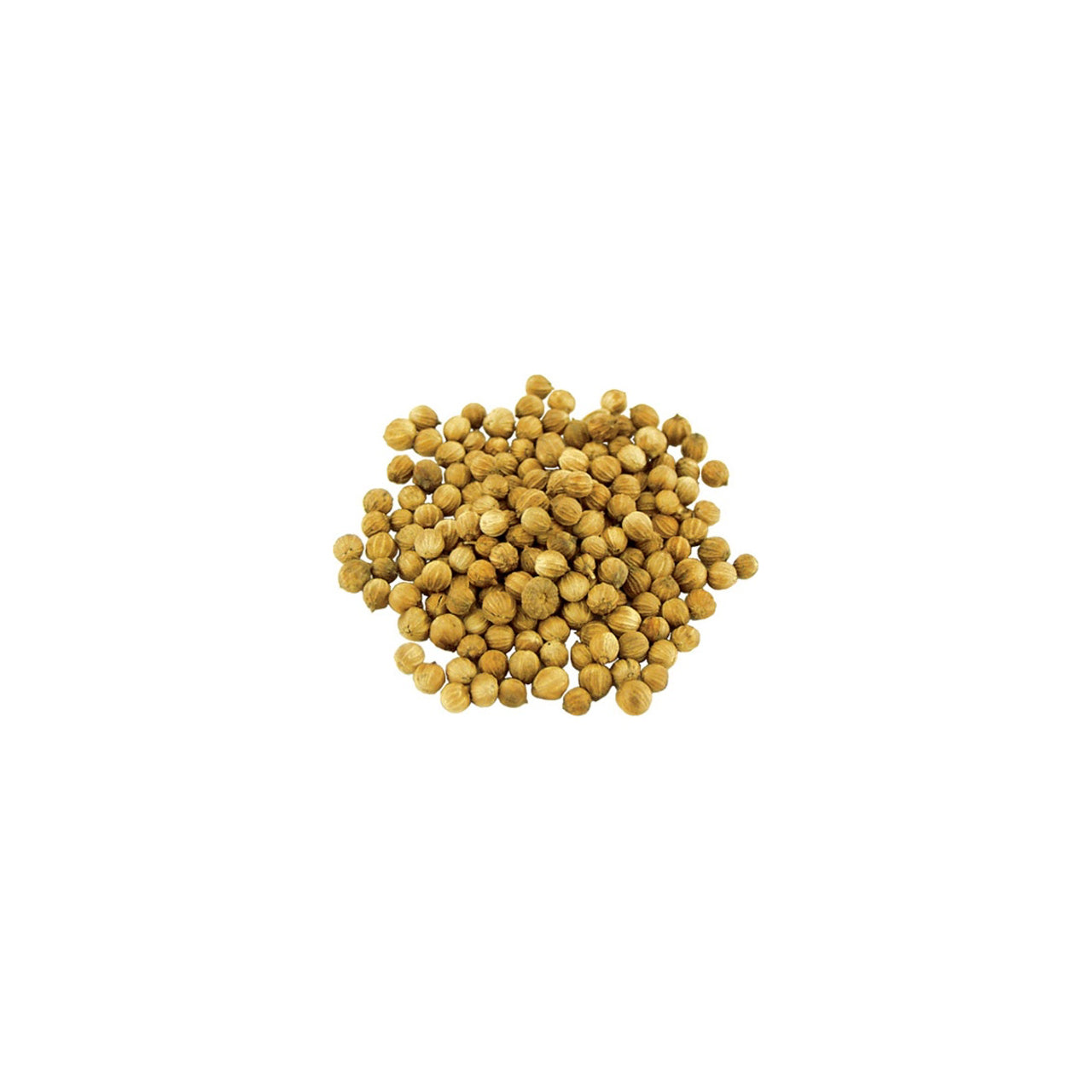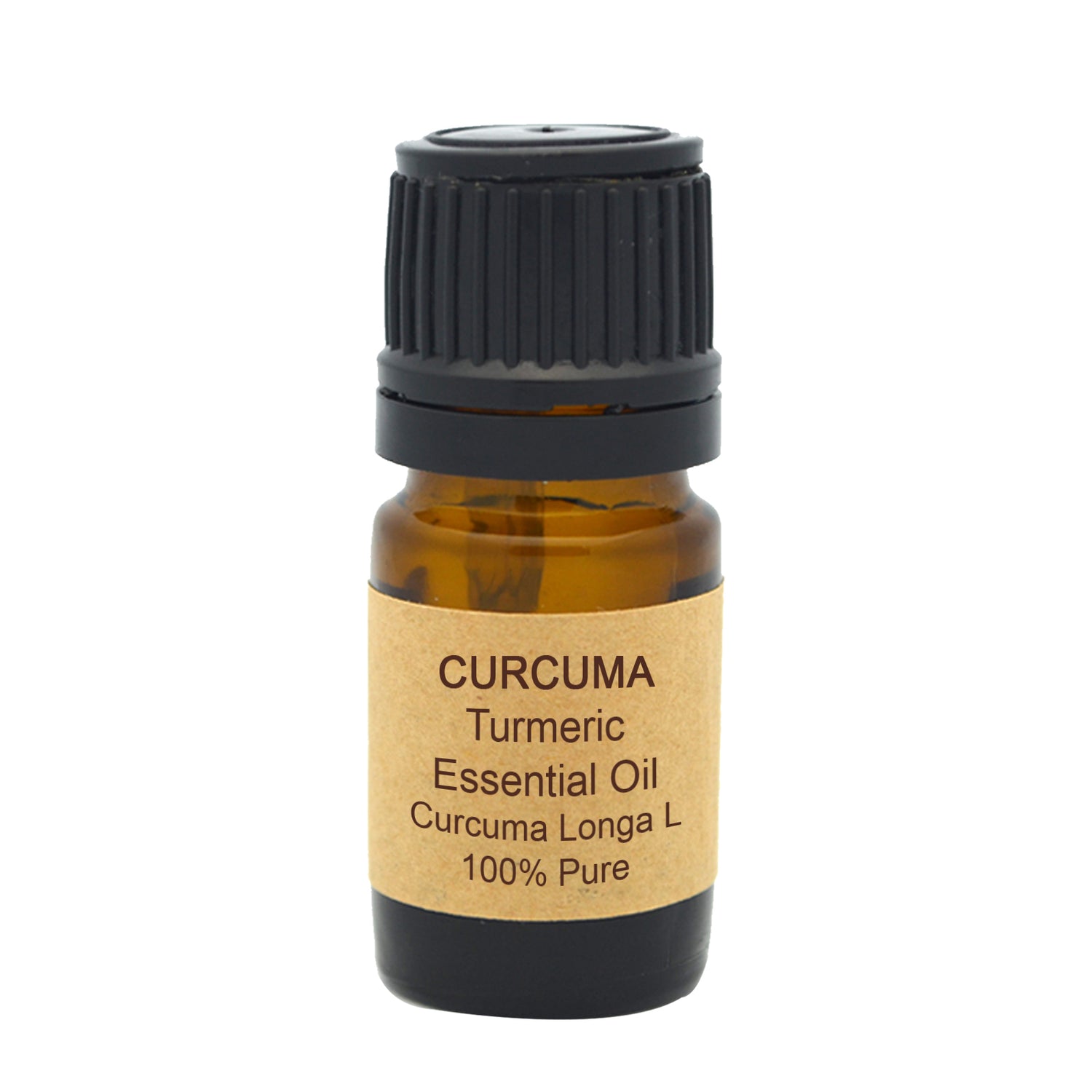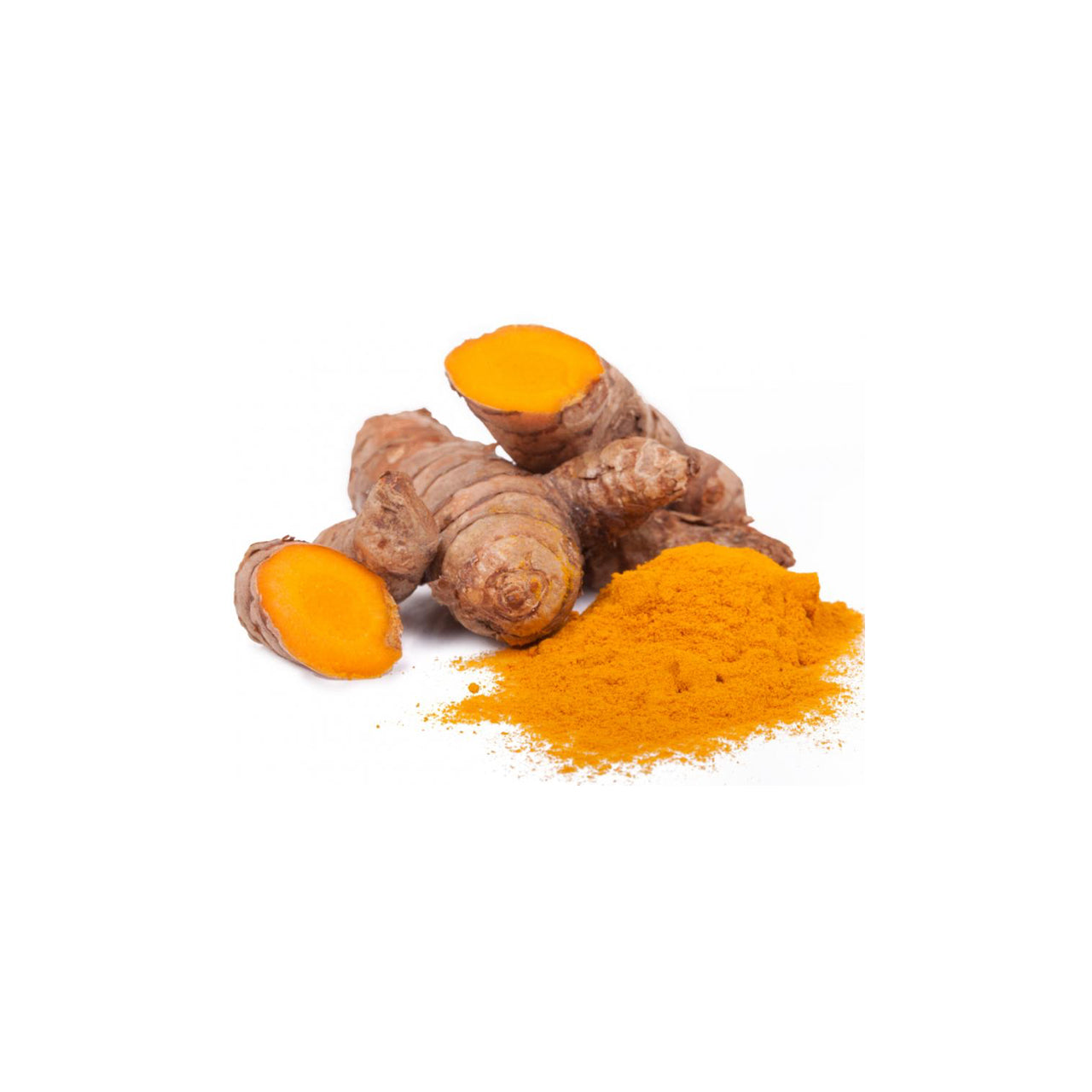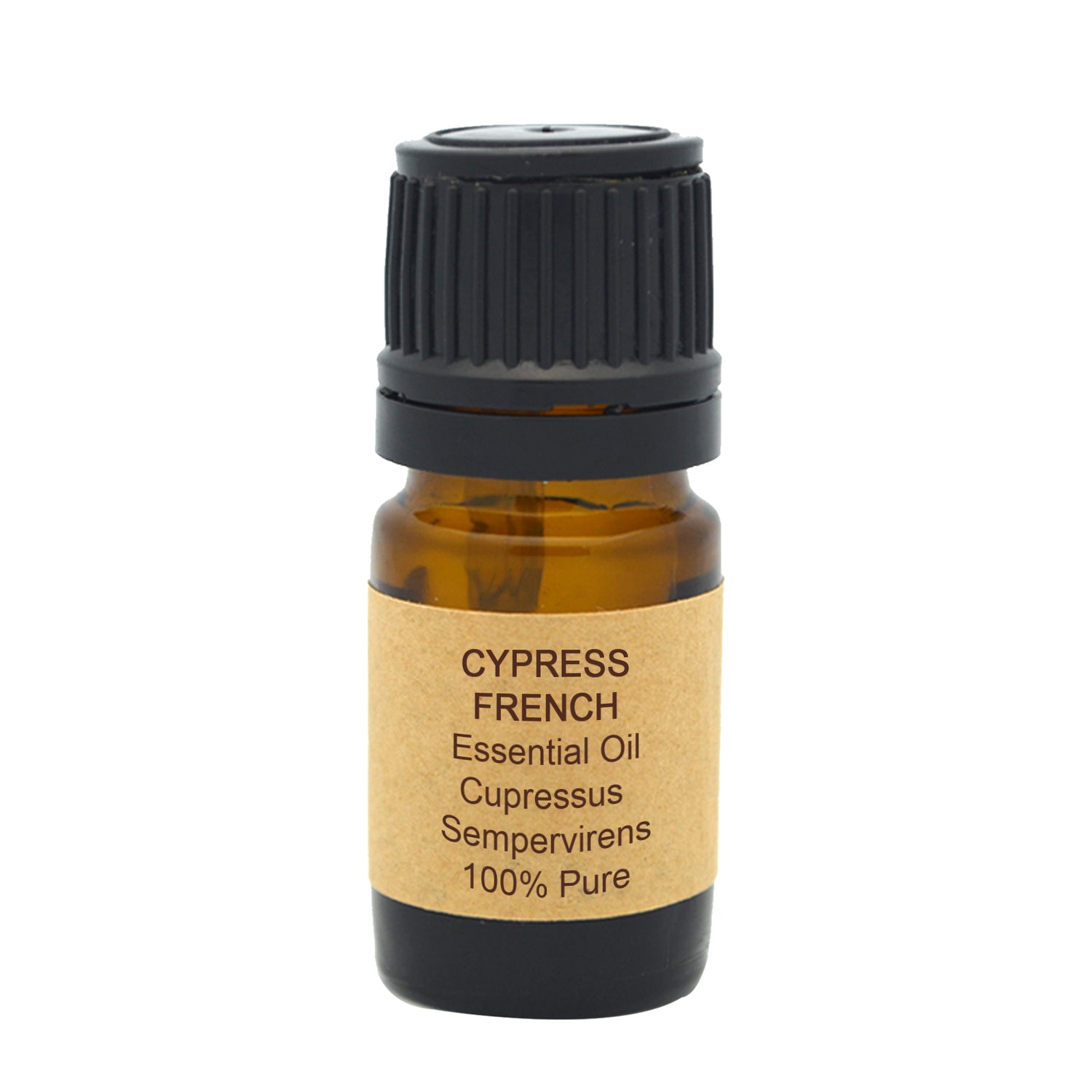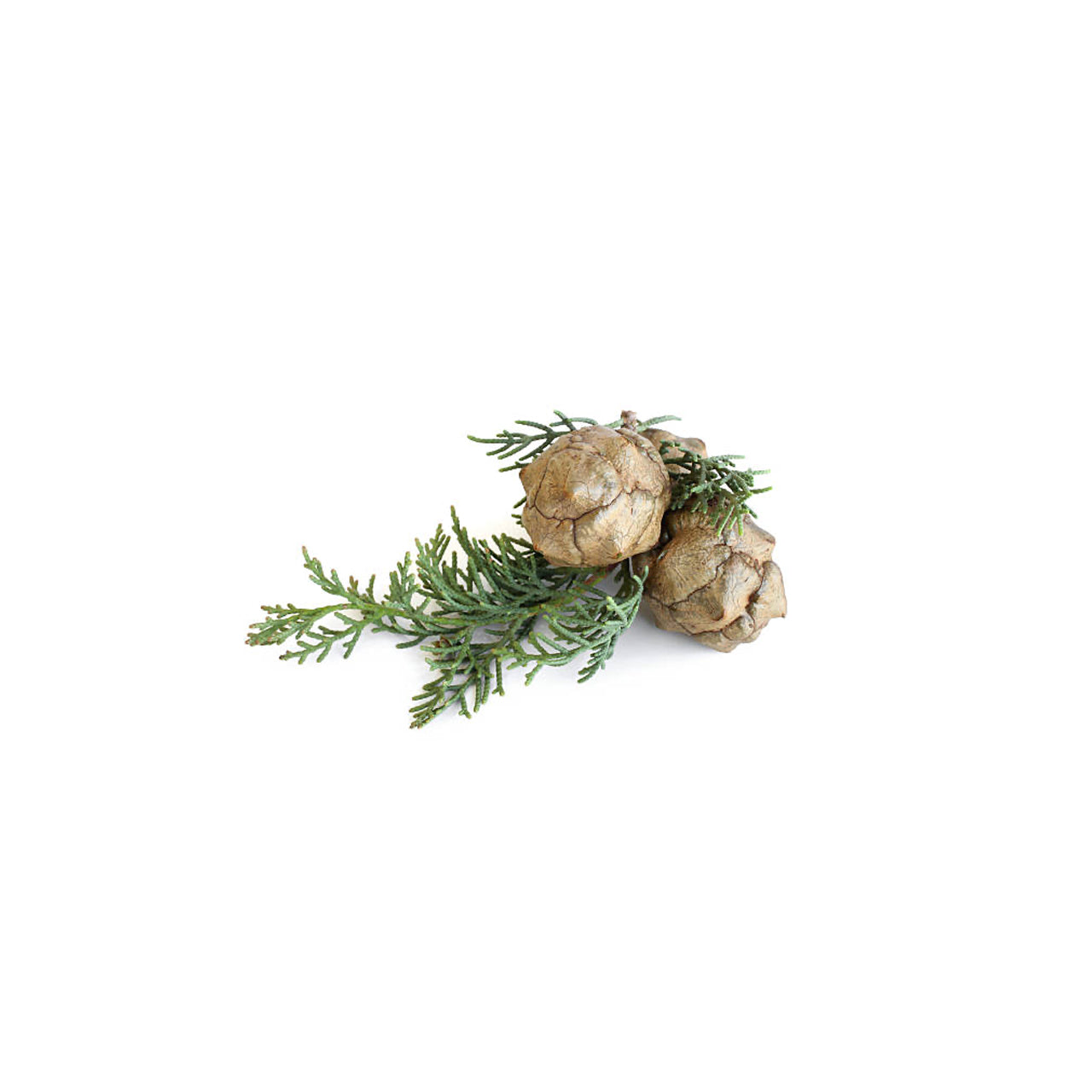Sort by:
46 products
46 products
Basil belongs to the Lamiaceae (Labiatae) family of plants. Although basil originally comes from Africa, the plant is relatively easy to grow, flourishing in the areas around the Mediterranean in particular. There are several different varieties of the plant however much of the basil that is grown for essential oil production comes from Egypt.
Basil Benefits and Uses? Mental alertness and fatigue, flaky scalp, occasional minor aches and pains, occasional sleeplessness, mental stress, supportive of respiratory system and; insect stings and bites.
What is the Aromatic Affect on the Mind? It can be mentally stimulating and can help one be clear in mind. Use it to re-energize yourself about a project especially when there is doubt or distrust involved. In this case, it can be particularly uplifting! It has a strong herbaceous scent.
What Chakra is Affected? The root, sacral and soar plexus chakras are opened yielding to more energy and strength.
What is the Corresponding Chakra Color? Yellow-green.
Use diluted - 50:50 dilution (one part essential oil: one part of carrier oil).
| Botanical Name | Ocimum basilicum var. europeon |
|---|---|
| Country of origin | Egypt |
| Cultivation | Conventional (Non GMO) |
| Extraction Method | Cold Pressed |
| Plant part | Leaves |
| Color | Pale yellow to amber color liquid. |
| Scent | This variety has a sweet vaguely anise-like, minty, smoky odor. |
| Strength of Aroma | Medium |
| Note | Middle |
| Ingredients | Ocimum basilicum var. europeon |
| Usage |
Use diluted - 50:50 dilution (one part essential oil: one part of vegetable oil). Then, apply several drops (2-4) on location, apply to chakras/vitaflex points or Diffuse. |
| Blends well with |
Bergamot, Clary Sage, Clove Bud, Lime, Eucalyptus, Juniper, Lemon, Neroli, and Rosemary. |
| History | There are many rituals and beliefs associated with basil. The ancient Egyptians believed that it would open the gates of heaven for a person passing on. European lore sometimes claims that basil is a symbol of evil. |
| Warnings | Basil oil can be a skin irritant. It should be used in dilution, and avoided during pregnancy. |
| Manufacture | Best Natures Cosmetic |
| Country of Manufacture | Canada |
| Disclaimer |
This information is for educational purposes only, it is not intended to treat, cure, prevent or, diagnose any disease or condition. Nor is it intended to prescribe in any way. This information is for educational purposes only and may not be complete, nor may its data be accurate. As with all essential oils, never use them undiluted. Do not take internally unless working with a qualified and expert practitioner. Keep away from children. If applying an essential oil to your skin always perform a small patch test to an insensitive part of the body (after you have properly diluted the oil in an appropriate carrier. |
The benefits of bergamot include combating stress. It has traditionally been used for oily and troubled skin.
In Traditional Chinese Medicine, bergamot is used to assist with the flow of vital energy so the digestive system can work smoothly. It is used to soothe occasional indigestion and gas.
The benefits of bergamot include the spiritual and emotional as well. Bergamot releases the need to be in complete control so that we can flow with life more easily.
When we can relax and trust the universe to handle details of any life situation, we release the fear of the unknown and become clear about our own mission.
This is why Bergamot is helpful when dealing with dependency or compulsiveness that may be associated with smoking, drugs or alcohol.
Because this oil opens the heart chakra and is uplifting to the mind, which eases stress and tension in mind, body and soul. Place on the heart to release this patterning and embrace relationships (self and others).
What Chakra is Affected? Promotes opening of the solar plexus and heart chakras.
What is the Corresponding Chakra Color? Orange and green.
| Botanical Name | Citrus bergamia |
|---|---|
| Country of origin | Italy |
| Cultivation | Conventional (Non GMO) |
| Extraction Method | Cold Pressed |
| Plant part | Crude Fruit Peel |
| Color | Light yellowish green to yellowish brown liquid. |
| Scent | The aroma is basically citrus, yet fruity and sweet with a warm spicy floral quality, and is reminiscent of Neroli and Lavender oil. |
| Strength of Aroma | Medium |
| Note | Middle |
| Ingredients | Citrus bergamia. Main Constituents: Linalyl acetate: 12%, Limonene: 45% |
| Usage |
Use diluted - 50:50 dilution (one part essential oil: one part of carrier oil). Then, apply several drops (2-4) on location, apply to chakras/vitaflex points or Diffuse. |
| Blends well with |
Black Pepper, Clary Sage, Cypress, Frankincense, Geranium, Jasmine, Mandarin, Nutmeg, Orange, Rosemary, Sandalwood, Vetiver and Ylang-ylang. |
| History |
The name Bergamot is derived from the city Bergamo in Lombardy where the oil was first sold. This tree is native to South East Asia but was introduced to Europe, and particularly Italy, but is also found in the Ivory Coast, Morocco, Tunisia and Algeria. |
| Warnings | It may cause sensitivity in some individuals. Avoid use during pregnancy. |
| Manufacture | Best Natures Cosmetic |
| Country of Manufacture | Canada |
| Disclaimer |
This information is for educational purposes only, it is not intended to treat, cure, prevent or, diagnose any disease or condition. Nor is it intended to prescribe in any way. This information is for educational purposes only and may not be complete, nor may its data be accurate. As with all essential oils, never use them undiluted. Do not take internally unless working with a qualified and expert practitioner. Keep away from children. If applying an essential oil to your skin always perform a small patch test to an insensitive part of the body (after you have properly diluted the oil in an appropriate carrier. |
Powerful and medicinal are two words to describe the unique scent of camphor. Because of its strong aroma, peasants used to wear lumps of of camphor around their necks to repel infectious diseases.
For over 5,000 years Ayurvedic medicine has utilized camphor mainly as a germ killer. Camphor was also used in Persia (now Iran) as a remedy for the plague. Even modern day people turn to camphor to fight cold symptoms. Besides fighting colds, camphor has many other uses. Ancient inhabitants of India used camphor in a variety of religious rituals.
The Chinese used camphor wood to build ships and temples, not just for the wood’s durability, but also because of its aromatic properties. Camphor has another unique use: that of a moth repellent. Therefore, it’s a great natural way to protect much-loved wardrobes from the damage moth infestation causes.
| Botanical Name | Cinnamomum camphora |
|---|---|
| Country of origin | China |
| Cultivation | Conventional (Non GMO) |
| Extraction Method | Steam Distilled |
| Plant part | Wood |
| Color | This is a thin, colorless to pale yellow clear liquid. |
| Scent | Camphor Essential Oil is a top note with a strong, penetrating, fragrant odor. |
| Strength of Aroma | Strong |
| Note | High |
| Ingredients | Cinnamomum camphora Main Constituents: 1,8-Cineole: 38.8% |
| Usage |
Camphor Essential Oil can be used for bronchitis, bruises, chills, colds and flu, coughs, insect repellent, muscle pain and sprains. |
| Blends well with | Basil, Cajeput, Chamomile, Lavender, Melissa, and Rosemary. |
| History |
For over 5,000 years Ayurvedic medicine has utilized camphor mainly as a germ killer. Camphor was also used in Persia (now Iran) as a remedy for the plague. Even modern day people turn to camphor to fight cold symptoms. Besides fighting colds, camphor has many other uses. Ancient inhabitants of India used camphor in a variety of religious rituals. The Chinese used camphor wood to build ships and temples, not just for the wood’s durability, but also because of its aromatic properties. Camphor has another unique use: that of a moth repellent. Therefore, it’s a great natural way to protect much-loved wardrobes from the damage moth infestation causes. |
| Warnings | Camphor is one of the strongest essential oils available, therefore caution must be exercised when using this particular oil. Do not use if pregnant or nursing, or if diagnosed with epilepsy or asthma. Do not take internally. |
| Manufacture | Best Natures Cosmetic |
| Country of Manufacture | Canada |
| Disclaimer |
This information is for educational purposes only, it is not intended to treat, cure, prevent or, diagnose any disease or condition. Nor is it intended to prescribe in any way. This information is for educational purposes only and may not be complete, nor may its data be accurate. As with all essential oils, never use them undiluted. Do not take internally unless working with a qualified and expert practitioner. Keep away from children. If applying an essential oil to your skin always perform a small patch test to an insensitive part of the body (after you have properly diluted the oil in an appropriate carrier. |
Carrot Seed essential oil is a historical digestive tonic that also has been traditionally used for joint conditions in aromatherapy.
Use for occasional natural relief for constipation, diarrhea or upset stomach.
Carrot Seed helps the root and third eye chakras align which provides spiritual vision for the future.
It releases emotions of enslavement, obliteration and negative actions. When these emotions are released then we can begin to realize our fullness and totality of spirit. Carrot Seed supports us by grounding us in mother earth and teaching us appreciation so we can have a complete life.
What Chakra is Affected? Root, third eye and crown chakras.
What is the Corresponding Chakra Color? Yellow
| Botanical Name | Daucus Carota |
|---|---|
| Country of origin | India |
| Cultivation | Conventional (Non GMO) |
| Extraction Method | Steam Distilled |
| Plant part | Seeds |
| Color | Pale yellow to amber liquid. |
| Scent | This oil has a woody-earthy, slightly spicy, strong herbaceous musky scent. |
| Strength of Aroma | Medium |
| Note | Middle |
| Ingredients | Daucus Carota. Main Constituents:Caratol: 70% |
| Usage |
Use diluted - 50:50 dilution (one part essential oil: one part of carrier oil). Then, apply several drops (2-4) on location, apply to chakras/vitaflex points or diffuse. |
| Blends well with |
Frankincense, Lavender, Rosewood, Cypress, Geranium. |
| History |
The name is derived from the Greek 'Carotos' and had great medicinal value in ancient times, especially for its carminative properties. |
| Warnings | Non-toxic, non-irritant and non-sensitizing. Avoid use during pregnancy. |
| Manufacture | Best Natures Cosmetic |
| Country of Manufacture | Canada |
| Disclaimer |
This information is for educational purposes only, it is not intended to treat, cure, prevent or, diagnose any disease or condition. Nor is it intended to prescribe in any way. This information is for educational purposes only and may not be complete, nor may its data be accurate. As with all essential oils, never use them undiluted. Do not take internally unless working with a qualified and expert practitioner. Keep away from children. If applying an essential oil to your skin always perform a small patch test to an insensitive part of the body (after you have properly diluted the oil in an appropriate carrier. |
Cedarwood Atlas Oil can be used to assist with acne, arthritis, bronchitis, coughing, cystitis, dandruff, dermatitis, stress. It has warming, uplifting, and toning properties. Cedarwood Atlas Essential Oil is considered to be comforting, reviving and an aphrodisiac.
Atlas Cedarwood Essential Oil has been used in medicines and cosmetics throughout the ages. Atlas Cedarwood has been used in hair loss blends. Atlas Cedarwood Oil is especially good for energy work and healing the energy field. This oil is good for meditation and creating sacred space. Cedar is a Semitic word meaning "the power of spiritual strength". While many oils claim to be cedars; Atlas Cedar is truly a cedar.
What is the Spiritual and Emotional Influence? Cedarwood oil helps you embrace the feeling of being totally safe and secure with yourself as well as in your environment. As fears are released, the heart is open to spiritual love and protection which also brings self acceptance and love.
What Chakra is Affected? The heart chakra expands using this oil.
What are the corresponding Chakra Colors? Yellow and red.
| Botanical Name | Cedrus atlantica |
|---|---|
| Country of origin | Morocco |
| Cultivation | Conventional (Non GMO) |
| Extraction Method | Steam Distilled |
| Plant part | Wood |
| Color | Golden yellow to orange-brown liquid. |
| Scent | Cedarwood Atlas Oil has a woody, sweet, sharper note than Virginian Cedarwood, slight aroma reminiscent of artificial mothballs, balsamic. |
| Strength of Aroma | Strong |
| Note | Middle |
| Ingredients | Cedrus atlantica. Main Constituents: γ-Himalachene: 23%, β-Himalachene: 46% |
| Usage |
Use diluted - 50:50 dilution (one part essential oil: one part of carrier oil). Then, apply several drops (2-4) on location, ankles and wrists, Apply to chakras/vitaflex points . Directly inhale or diffuse. |
| Blends well with | Rosewood, Bergamot, Cypress, Cassia, Jasmine, Juniper, Neroli, Labdanum, Frankincense, Clary Sage, Vetiver, Rosemary, Ylang-ylang. |
| History | This Cedarwood originated in the Atlas Mountains in North Africa. In former times, linen chests were frequently crafted from this wood to keep moths out. To date, clothes hangers are frequently crafted from this wood. The ancient Egyptians already used this oil, namely to embalm, for cosmetics and perfumery. |
| Warnings | Non-toxic, non-irritant. Avoid during pregnancy. |
| Manufacture | Best Natures Cosmetic |
| Country of Manufacture | Canada |
| Disclaimer |
This information is for educational purposes only, it is not intended to treat, cure, prevent or, diagnose any disease or condition. Nor is it intended to prescribe in any way. This information is for educational purposes only and may not be complete, nor may its data be accurate. As with all essential oils, never use them undiluted. Do not take internally unless working with a qualified and expert practitioner. Keep away from children. If applying an essential oil to your skin always perform a small patch test to an insensitive part of the body (after you have properly diluted the oil in an appropriate carrier. |
Chamomile Roman Essential Oil Benefits
Roman Chamomile Essential Oil creates inner peace. It is a calming oil that resonates well with adults, children and animals! Soothing to all types of skin, it is used extensively in Europe in skin preparations. Roman chamomile is also beneficial when added to massage oil for relief of muscle discomfort after exercise.
Roman chamomile is used for various digestive disorders including indigestion, nausea, vomiting, loss of appetite, and intestinal gas (flatulence) due to mental stress. Women use it for morning sickness and painful menstrual periods. It is also used for pain and swelling of the lining of the nose and mouth, sinus pain (sinusitis), and joint (rheumatic) disorders.
It is applied directly to the skin for pain and swelling (inflammation) and as a germ-killer in ointments, creams, and gels used to treat cracked nipples, sore gums, and irritation of the skin. It is also used topically for wounds, burns, eczema, frostbite, diaper rash, bedsores (decubitus ulcers), and hemorrhoids.
Some people put Roman chamomile in a steam bath and inhale it for sinus inflammation, hay fever, sore throat, and ear inflammation, and as a painkiller.
How it works? Roman chamomile contains chemicals that can help decrease gas (flatulence), relax muscles, and cause sedation. Depending on the dose, it can either relieve or cause nausea.
Can this oil be used for Animals? Yes, works great on stress and anxiety related issues. The dogs and horses love it!
What is the Spiritual Influence? Brings peace, love and acceptance to self. Can be helpful for shock and grief. Opens communications to the Angelic Realm by opening intuition and receptivity.
What Chakra is Affected? Opens the heart and crown chakras.
| Botanical Name | Anthemis nobilis L |
|---|---|
| Country of origin | United Kingdom |
| Cultivation | Conventional (Non GMO) |
| Extraction Method | Steam Distilled |
| Plant part | Flowers |
| Color | Light bluish to yellow liquid. |
| Scent | The relaxing aroma of this essential oil, sometimes described as like 'apples and straw' is an exotic and rich scent. It is commonly accepted as the best smelling of the Chamomiles. |
| Strength of Aroma | Strong |
| Note | Middle |
| Ingredients | Anthemis nobilis L. Main Constituents: Amyl butyrate: 14.3%, butyl angelate: 21.0% |
| Usage |
Apply several drops (2-4) on location, ankles and wrists, Apply to chakras/vitaflex points . Directly inhale or diffuse. |
| Blends well with | Bergamot, Clary Sage, Lavender, Geranium, Jasmine, Neroli, Patchouli, Tea Tree, Rose, Lemon and Ylang-ylang. |
| History | The flowers were used in many cures including an herbal tea to cure insomnia. During the Second World War chamomile was also used as a disinfectant. This herb has been used for medicinal purposes and skin therapy for a long time, in particular in Europe. |
| Warnings | No known toxicity. Use well diluted. High doses may trigger skin reactions in sensitive individuals. Avoid use during pregnancy. |
| Manufacture | Best Natures Cosmetic |
| Country of Manufacture | Canada |
| Disclaimer |
This information is for educational purposes only, it is not intended to treat, cure, prevent or, diagnose any disease or condition. Nor is it intended to prescribe in any way. This information is for educational purposes only and may not be complete, nor may its data be accurate. As with all essential oils, never use them undiluted. Do not take internally unless working with a qualified and expert practitioner. Keep away from children. If applying an essential oil to your skin always perform a small patch test to an insensitive part of the body (after you have properly diluted the oil in an appropriate carrier. |
Michelia Alba can grow into quite large trees with handsome leaves that are broad and vibrant, and with flowering heads that are small, tender and very aromatic. Michelia Alba is the most exotic and costly of the Michelia family, which has traditionally been used in Asian temple ceremonies to mark births, deaths and holidays. The Essential Oil is most often used for its exotic fragrance, and is It is growing in popularity with soap makers. It seems to have a strong influence on other oils, and for this reason only small amounts need to be used.
Use diluted - 50:50 dilution (one part essential oil: one part of carrier oil). Then, apply several drops (2-4) on location, ankles and wrists. Apply to chakras/vitaflex points. Directly inhale or diffuse.
What Chakra is Affected? It opens flow through the root, navel, and solar plexus chakras, and balances their energies.
| Botanical Name | Michelia Alba |
|---|---|
| Country of origin | India |
| Cultivation | Wild harvested |
| Extraction Method | Steam Distilled |
| Plant part | Leaf |
| Color | A thin, pale yellow to orange liquid. |
| Scent | Unlike the sweet, freesia-like scent of the Magnolia flower, the Magnolia leaf exudes an aroma that is greener, woodier, and more complex. |
| Strength of Aroma | Strong |
| Note | High |
| Ingredients | Michelia Alba |
| Usage |
Use diluted - 50:50 dilution (one part essential oil: one part of carrier oil). Then, apply several drops (2-4) on location, ankles and wrists. Apply to chakras/vitaflex points. Directly inhale or diffuse. |
| Blends well with | Basil, Bergamot, Cedarwood, Eucalyptus, Lemon, Lime, Mandarin, Neroli and Petitgrain. |
| History | Champaka flowers is revered by the Hindus and is used to honor the God Vishnu. |
| Warnings | Dilute before use; for external use only. May cause skin irritation in some individuals; a skin test is recommended prior to use. Contact with eyes should be avoided. |
| Manufacture | Best Natures Cosmetic |
| Country of Manufacture | Canada |
| Disclaimer |
This information is for educational purposes only, it is not intended to treat, cure, prevent or, diagnose any disease or condition. Nor is it intended to prescribe in any way. This information is for educational purposes only and may not be complete, nor may its data be accurate. |
Chili seed essential oil is derived from the steam distillation of hot pepper seeds. The result is a semi viscous dark red essential oil known as chili seed oil. It has wonderful therapeutic properties including the ability to stimulate blood circulation making it especially beneficial for healing wounds and aiding in hair growth by delivering vital nutrients to the scalp. Highly recommended.
| Botanical Name | Capsicum Annum |
|---|---|
| Country of origin | Canada |
| Cultivation | Conventional (Non GMO) |
| Extraction Method | Steam Distilled |
| Plant part | Seeds |
| Color | This is a viscous dark red liquid. |
| Scent | Hot, spicy, pepper like |
| Strength of Aroma | Strong |
| Note | Middle |
| Ingredients | Capsicum Annum |
| Usage |
Bath (may need fixed oil), inhaler, light bulb ring, massage, mist spray, steam inhalation. Use diluted - 50:50 dilution (one part essential oil: one part of carrier oil). Then, apply several drops (2-4) on location, ankles and wrists. Apply to chakras/vitaflex points. Directly inhale or diffuse. |
| Blends well with | Chili Seed is not typically blended with other essential oils. |
| History |
The chili pepper, a hotly pungent variety of Capsicum was first cultivated by the people of Central and South America in around 3000 BC. Columbus brought the seeds back to Europe in 1493, and from there it spread throughout the entire world as a favoured spice for cooking. The oil is derived by passing steam through the seeds - the source of the most intense spice. Chili Seed Essential Oil has capsaicin, as one of its main components, and also capsicina, capsanthin, oligoalimenti, lecithin, Vitamin C and flavonoids. |
| Warnings | If you are pregnant, consult a qualified aromatherapist for suitability and safety of specific oils. Many oils should not be used during pregnancy, some only need to be avoided for the first 3 - 4 months. |
| Manufacture | Best Natures Cosmetic |
| Country of Manufacture | Canada |
| Disclaimer |
This information is for educational purposes only, it is not intended to treat, cure, prevent or, diagnose any disease or condition. Nor is it intended to prescribe in any way. This information is for educational purposes only and may not be complete, nor may its data be accurate. |
The cinnamon tree is an evergreen native to China and Vietnam that has since been cultivated in many other regions. It has shiny, leathery green leaves, and small, white flowers with oval shaped purple berries.
What is the Spiritual Influence? The health benefits of cinnamon also have a spiritual side of things.Cinnamon is said to attract wealth by transforming our core beliefs of limitation into abundance. It will release anger, frustration and abuse that we have buried that deal with our dependence and addictions.
It is good for those of us who really want to look at and change their belief systems or their old patterns. This will help those who need to release memories of physical abuse (including slavery) whether it is this life or a past life.
What Chakra is Affected? Solar plexus chakra.
What is the corresponding Chakra Color? Orange
How do I Use it? Use diluted - 20:80 dilution (one part essential oil: four part of vegetable oil). Then, apply several drops (2-4) on location Apply to chakras/vitaflex points or diffuse.
| Botanical Name | Cinnamomun cassia blume |
|---|---|
| Country of origin | Sri Lanka |
| Cultivation | Conventional (Non GMO) |
| Extraction Method | Steam Distilled |
| Plant part | Bark |
| Color | Brownish yellow to dark yellow liquid. |
| Scent | A middle note of strong aroma, it has a warm, spicy scent between that of clove and cinnamon, with sharper notes. |
| Strength of Aroma | Strong |
| Note | Middle |
| Ingredients | Cinnamomum verum. Main Constituents: Cinnamyl aldehyde: 89.5% |
| Usage |
Use diluted - 20:80 dilution (one part essential oil: four part of carrier oil). Then, apply several drops (2-4) on location, ankles and wrists, Apply to chakras/vitaflex points . Directly inhale or diffuse. |
| Blends well with | Clove Bud, Lavender, Cedarwood, Orange, Lemon, Neroli, Ylang-ylang, Rosemary and Thyme. |
| History | Medicinal use of Cinnamon Bark was first recorded in Chinese formulations as early as 2700 B.C. The herb has been used as a healing aid for stomach upset and gas, diarrhea, rheumatism, kidney ailments, and abdominal pain. The Egyptians used it as a foot massage, as well as a remedy for excessive bile. It was used as an ingredient of mulled wines, love potions and a sedative during birth. |
| Warnings | Though non-toxic, it is capable of causing sensitivity - particularly with mucous membranes. It should also be used in proper dilution and avoided during pregnancy. |
| Manufacture | Best Natures Cosmetic |
| Country of Manufacture | Canada |
| Disclaimer |
This information is for educational purposes only, it is not intended to treat, cure, prevent or, diagnose any disease or condition. Nor is it intended to prescribe in any way. This information is for educational purposes only and may not be complete, nor may its data be accurate. As with all essential oils, never use them undiluted. Do not take internally unless working with a qualified and expert practitioner. Keep away from children. If applying an essential oil to your skin always perform a small patch test to an insensitive part of the body (after you have properly diluted the oil in an appropriate carrier. |
Citronella Oil is extracted from a resilient grass (Cymbopogon nardus) native to Sri Lanka and Java. It is a very aromatic perennial that grows approximately 1 meter (3 feet) in height.
Citronella essential oil was traditionally used to prevent food spoilage due to fungus and bacteria. The citronella plant belongs to the same family as lemongrass and palmarosa grasses.
What is the Spiritual and Emotional Influence? Citronella essential oil helps to release the energy of punishment and distrust that creates anger, frustration and separation from self and source. It helps to calm the emotional and mental bodies so that one can resolve the inner reasons for the conflict.
This oil instills trust and connection to source which helps us embrace and accept ourself and all of life’s rewards. It asks us to evaluate the things that “bug us” or irritate us on a deeper level. Once we do, we may find those pesky annoyances are exactly the things we need to be more accepting of in others so we can accept ourselves.
What Chakra is Affected? Solar plexus chakra.
What is the Corresponding Chakra Color? Yellow
How do I Use it? Use 50:50. Then, apply several drops (2-4) on location, apply to chakras/vitaflex points, directly inhale or diffuse.
| Botanical Name | Cymbopogon nardus |
|---|---|
| Country of origin | Sri Lanka |
| Cultivation | Conventional (Non GMO) |
| Extraction Method | Steam Distilled |
| Plant part | Leaves |
| Color | Pale yellow to yellowish brown liquid. |
| Scent | Citronella Ceylon Oil has a well rounded lemon citrus scent, though it is much softer than actual Lemon. It also has subtle wood tones. |
| Strength of Aroma | Medium |
| Note | High |
| Ingredients | Cymbopogon nardus Main Constituents: Geraniol: 55% , Citronellol: 8.6% |
| Usage |
Use diluted - 50:50 dilution. Then, apply several drops (2-4) on location, ankles and wrists, Apply to chakras/vitaflex points . Directly inhale or diffuse. |
| Blends well with | Bergamot, Orange, Cedarwood, Geranium, Lemon, Lavender and Pine. |
| History | Citronella is one of the oldest used plants for insect repellent before the manufacturing of DDT. It has been used all over the world for thousands of years and today is used in many candles, sunscreen, and even skin care products. |
| Warnings | Citronella may irritate sensitive skin. Avoid use during pregnancy. This oil should be used with caution if pregnant; can increase heart rate when inhaled; may produce contact sensitization with repeated use. |
| Manufacture | Best Natures Cosmetic |
| Country of Manufacture | Canada |
| Disclaimer |
This information is for educational purposes only, it is not intended to treat, cure, prevent or, diagnose any disease or condition. Nor is it intended to prescribe in any way. This information is for educational purposes only and may not be complete, nor may its data be accurate. As with all essential oils, never use them undiluted. Do not take internally unless working with a qualified and expert practitioner. Keep away from children. If applying an essential oil to your skin always perform a small patch test to an insensitive part of the body (after you have properly diluted the oil in an appropriate carrier. |
Clary Sage is a short biennial or perennial herb that grows up to 1 meter in height (approximately 3 feet). It has large, hairy leaves with small bluish-purple flowers.
Clary Sage Oil has been used for centuries to help support the female body and it's own challenges. Use to help with mild mood changes, cramps, and edema associated with the menstrual cycle and women's life changes.
Help with mild mood changes, cramps, and edema associated with the menstrual cycle; and same for life changes; promotes female sexual arousal; glandular system (female), and supports healthy female reproductive system. May support hair loss associated with aging.
For those who can sit still enough to quiet the mind and gain clarity, this oil is for you. Notice how your mind will calm by just holding the bottle.
If our brain is racing, it is difficult to know what to do next or how to do it for that matter. When we are relaxed and focused, ideas flow to us naturally and we embrace their meaning. Use clary sage oil to bring the mind back into the moment so you can enjoy the stillness rather than the chaos.
What Chakra is Affected? The root and sacral chakras.
What is the Corresponding Chakra Color? Violet.
How do I Use it? Use diluted - 50:50 dilution (one part essential oil: one part of carrier oil). Then, apply several drops (2-4) on location, feet, ankles or wrists. Apply to chakras/vitaflex points or diffuse.
| Botanical Name | Salvia sclarea |
|---|---|
| Country of origin | India |
| Cultivation | Conventional (Non GMO) |
| Extraction Method | Steam Distilled |
| Plant part | Leaves and Flowers |
| Color | Colorless to pale yellow clear liquid. |
| Scent | Clary Sage Essential Oil has an earthy, fruity and floral aroma that is both nutty and herbaceous. |
| Strength of Aroma | Medium |
| Note | Middle |
| Ingredients | Salvia sclarea Main Constituents: Linalyl acetate: 52.2% |
| Usage |
Use diluted - 50:50 dilution (one part essential oil: one part of carrier oil). Then, apply several drops (2-4) on location, ankles and wrists, Apply to chakras/vitaflex points . Directly inhale or diffuse. |
| Blends well with | Bergamot, Cedarwood, Chamomile German, Chamomile Roman, Geranium, Jasmine, Lavender, Neroli, Orange, Rosewood, Sandalwood and Ylang-ylang. |
| History |
The name Clary Sage is derived from the Latin word for clear - probably because the herb was once used for clearing mucous from the eyes. During the sixteenth century it was also used in England for brewing beer as a replacement for hops. |
| Warnings | Clary Sage Oil is non-toxic, and non-sensitizing. It is not to be used during pregnancy. |
| Manufacture | Best Natures Cosmetic |
| Country of Manufacture | Canada |
| Disclaimer |
This information is for educational purposes only, it is not intended to treat, cure, prevent or, diagnose any disease or condition. Nor is it intended to prescribe in any way. This information is for educational purposes only and may not be complete, nor may its data be accurate. As with all essential oils, never use them undiluted. Do not take internally unless working with a qualified and expert practitioner. Keep away from children. If applying an essential oil to your skin always perform a small patch test to an insensitive part of the body (after you have properly diluted the oil in an appropriate carrier. |
Clove bud is definitely one of the most useful oils to have around the house. For over 2,000 years, the clove tree has been cultivated for a variety of uses. While native to Indonesia, cloves are used across the world for medicinal and herbal purposes. Cloves play a vital role in Indian Ayurvedic medicine and Chinese medicine, as they have a numbing effect on oral tissue. Additionally, they are used in Asian, African, and Middle Eastern cooking to add flavor to dishes.
Clove oil uses include digestive support and antioxidant support. Traditional Chinese Medicine used clove for digestive and respiratory support.
Clove oil uses have historically included all things dental. It's principal constituent eugenol, is used in the dental industry to numb the gums.
While clove bud oil has many useful properties, it is perhaps best known for its association with dental practices. For a tried and true toothache relief, add a few drops of the oil to a cotton swab before applying topically to the gums for a much needed respite. The oil is also great if you have had any dental work recently done, as it can be used to soothe the condition known as “dry socket,” a postoperative complication of tooth extraction, by numbing the affected area and helping to preventing any further irritation. Additionally, clove bud can be used to counteract mouth and throat irritation and pain when applied directly to the skin.
Thanks to its stimulating and warming properties, clove bud can be used in aromatherapy to aid with digestive problems. By topically applying the diluted oil to your stomach or abdomen, one can warm up and stimulate the digestive tract. Add a drop of clove bud oil to your choice of herbal tea to help relieve nausea.
The oil can be further used externally to help alleviate muscular aches and sprains. For respiratory problems, the disinfecting properties of clove bud are most useful when used in vapor therapy. To help relieve muscle aches and pains, including those caused by arthritis, mix eight drops of clove oil into two ounces of carrier oil, such as jojoba or almond, and massage onto the affected area.
Usage Tips & Recipes
Toothache: Add a couple drops to a cotton swab and rub onto toothache or instant relief. This helps kill infection-causing bacteria.
Digestive Aid: Add a drop to herbal tea to help relieve nausea.
Muscle Ache: Mix eight drops of clove oil in two ounces of carrier oil (try jojoba or almond) and massage onto affected area.Under Eye Puffiness: Add one drop to your eye cream and apply sparingly in the morning. Clove bud oil promotes blood circulation, helping to reduce the puffiness.
Bath (may need fixed oil), inhaler, light bulb ring, massage, mist spray, steam inhalation. Use diluted - 20:80 dilution (one part essential oil: one part of carrier oil). Then, apply several drops (2-4) on location, ankles and wrists. Apply to chakras/vitaflex points. Directly inhale or diffuse.
What Chakra is Affected? Solar plexus, heart and throat chakra. What is the Corresponding Chakra Color? Deep Blue or Indigo.
| Botanical Name | Eugenia Caryoophyllata |
|---|---|
| Country of origin | India |
| Cultivation | Wild harvested |
| Extraction Method | Steam Distilled |
| Plant part | Flower buds |
| Color | A pale yellow to dark brown liquid of medium consistency. |
| Scent | Clove Bud Essential Oil smells like the actual spice. The aroma of this oil is a bit sweeter than the Indonesian variety and slightly less herbaceous. |
| Strength of Aroma | Medium |
| Note | Middle |
| Ingredients | Eugenia Caryoophyllata |
| Usage |
Bath (may need fixed oil), inhaler, light bulb ring, massage, mist spray, steam inhalation. Use diluted - 20:80 dilution (one part essential oil: one part of carrier oil). Then, apply several drops (2-4) on location, ankles and wrists. Apply to chakras/vitaflex points. Directly inhale or diffuse. |
| Blends well with | Other spice oils including Cinnamon Bark , Nutmeg, Citronella, Grapefruit, Lemon, Orange, Peppermint, Rosemary, and Rose. |
| History |
During the Han dynasty (207 B. C. to 220 A. D.) those who addressed the Chinese emperor were required to hold cloves in their mouths to mask bad breath. Traditional Chinese physicians have long used the herb to treat indigestion, diarrhea, hernia, and ringworm, as well as athlete's foot and other fungal infections. |
| Warnings | Dilute well before use; for external use only. May cause skin irritation in some individuals; a skin test is recommended prior to use. Contact with eyes should be avoided. |
| Manufacture | Best Natures Cosmetic |
| Country of Manufacture | Canada |
| Disclaimer |
This information is for educational purposes only, it is not intended to treat, cure, prevent or, diagnose any disease or condition. Nor is it intended to prescribe in any way. This information is for educational purposes only and may not be complete, nor may its data be accurate. |
Coriander Essential Oil is extracted from the seeds (coriander) of the cilantro plant by steam distillation. The essential oil from this ancient herb has a place in aromatherapy, as it helps to ease the mind and fight fatigue, while it warms and calms the digestive system, relieves rheumatism and arthritic pain, muscular spasms and detoxifies the body.
Coriander essential oil may support healthy digestive and circulatory system functions and has been studied for the support it may offer to a healthy pancreas. Occasional gas, bloating, heartburn.
Coriander essential oil allows more spiritual light and connection to enter the physical body; and will help to expand the heart chakra.
It will help us release resistance and attachment to old beliefs and open to new energies. As we allow this transformation to happen we not only love ourselves more fully but have a deeper connection with the divine.
This oil is good for addictions that are related to food. Whether we over eat, have cravings for sugar or binge, it is all related to the matters of the heart. Our addictions try to fill our void and our own self love.
Bath (may need fixed oil), inhaler, light bulb ring, massage, mist spray, steam inhalation. Use diluted - 50:50 dilution (one part essential oil: one part of carrier oil). Then, apply several drops (2-4) on location, ankles and wrists. Apply to chakras/vitaflex points. Directly inhale or diffuse.
What Chakra is Affected? Solar plexus chakra. What is the Corresponding Chakra Color? Yellow
| Botanical Name | Coriander Sativum |
|---|---|
| Country of origin | India |
| Cultivation | Organically grown |
| Extraction Method | Steam Distilled |
| Plant part | Seeds |
| Color | A thin, colourless to pale yellow liquid. |
| Scent | Coriander Essential Oil has a slightly sweet, spicy, herbaceous smell similar to that of cilantro, offering a middle note with a medium aroma. |
| Strength of Aroma | Medium |
| Note | Middle |
| Ingredients | Coriander Sativum |
| Usage |
Bath (may need fixed oil), inhaler, light bulb ring, massage, mist spray, steam inhalation. Use diluted - 50:50 dilution (one part essential oil: one part of carrier oil). Then, apply several drops (2-4) on location, ankles and wrists. Apply to chakras/vitaflex points. Directly inhale or diffuse. |
| Blends well with | It blends particularly well with Bergamot, Cinnamon Bark , Ginger, Grapefruit, Lemon, Neroli and Orange. |
| History |
Coriander is a delicate annual herb with several branches having lacy leaves with jagged edges. The plant grows to a height of 1 to 3 feet with small pinkish-white flowers. |
| Warnings | Dilute well before use; for external use only. May cause skin irritation in some individuals; a skin test is recommended prior to use. Contact with eyes should be avoided. |
| Manufacture | Best Natures Cosmetic |
| Country of Manufacture | Canada |
| Disclaimer |
This information is for educational purposes only, it is not intended to treat, cure, prevent or, diagnose any disease or condition. Nor is it intended to prescribe in any way. This information is for educational purposes only and may not be complete, nor may its data be accurate. |
10 Health Benefits and Uses for Turmeric Curcumin Supplements.
Turmeric has been known for thousands for years for its amazing health promoting properties. There are various ways one can use turmeric, using turmeric essential oil (obtained from turmeric root) is one of them. Extraction pulls out all oil friendly compounds from turmeric root. Turmeric essential oil then can be used in various ways to provide benefits against inflammation, muscle pains, etc.
Use Turmeric essential oil anywhere an effective anti-inflammatory and anti-oxidant may be helpful. It has been noted potentially helpful for arthritis care and at the same time, should benefit anyone seeking to address joint and muscle aches and pains.
| Botanical Name | Curcuma Longa L. |
|---|---|
| Country of origin | India |
| Cultivation | Conventional (Non GMO) |
| Extraction Method | Steam Distilled |
| Plant part | Root |
| Color | A thin, clear, pale yellow liquid. |
| Scent | Curcuma Essential Oil has the same spicy, fresh woods aroma as the powdered spice Tumeric used in Eastern cuisine. Many would argue that the oil is more brilliant, and more delicious. |
| Strength of Aroma | Medium |
| Note | Middle |
| Ingredients | Curcuma Longa L. Main Constituents: Curcumin: 23.75% |
| Usage |
Use diluted - 50:50 dilution (one part essential oil: one part of vegetable oil). Then, apply several drops (2-4) on location, ankles and wrists. Apply to chakras/vitaflex points. Directly inhale or diffuse. |
| Blends well with | Curcuma Essential Oil lends a very distinct softness and roundness to any spicy scent or blend. This includes Ginger, Clove Bud and Cinnamon Bark as well as Ylang-ylang and Clary Sage. |
| History | Has historical applications as an antiseptic and for skin care use against acne and facial hair in women. Turmeric (Curcuma longa root) has been used medicinally for thousands of years, and is only recently being discovered by Western science and medicine for its incredible range of benefits. Also known as "Indian Saffron", the aroma, too, is simply wonderful. |
| Warnings | Dilute before use; for external use only. May cause skin irritation in some individuals; a skin test is recommended prior to use. Contact with eyes should be avoided. |
| Manufacture | Best Natures Cosmetic |
| Country of Manufacture | Canada |
| Disclaimer |
This information is for educational purposes only, it is not intended to treat, cure, prevent or, diagnose any disease or condition. Nor is it intended to prescribe in any way. This information is for educational purposes only and may not be complete, nor may its data be accurate. As with all essential oils, never use them undiluted. Do not take internally unless working with a qualified and expert practitioner. Keep away from children. If applying an essential oil to your skin always perform a small patch test to an insensitive part of the body (after you have properly diluted the oil in an appropriate carrier. |
The French Cypress is a perennial, conical-shaped tree that is about 28 meters (80 feet) high. It is an evergreen with dark green foliage, small flowers and round brown-grey cones with seed nuts inside. The wood is hard and durable, and red-yellow in color.
Cypress Essential Oil was used for centuries to alleviate occasional discomforts associated with women's menstrual cycle. It may also support the digestive system and can soothe muscles. Beneficial for oily and troubled skin.
It is also spiritually grounding and helps us accept change by allowing us to go with the flow and feeling more secure with ourselves.
Cypress's properties reflect its spiritual influence. Promoting circulation throughout the body and eliminating what is stagnant opens us up to spiritual harmony.
Use diluted - 50:50 dilution (one part essential oil: one part of carrier oil). Then, apply several drops (2-4) on location, ankles and wrists, Apply to chakras/vitaflex points . Directly inhale or diffuse.
What Chakra is Affected? The sacral and throat chakras.
What is the Corresponding Chakra Color? Orange.
| Botanical Name | Cupressus sempervirens |
|---|---|
| Country of origin | France |
| Cultivation | Conventional (Non GMO) |
| Extraction Method | Steam Distilled |
| Plant part | Needles and Twigs |
| Color | Very pale yellow to golden yellow clear liquid. |
| Scent | Cypress French Essential Oil has a spicy, herbaceous, slightly woody evergreen aroma. It is fresh and clean. |
| Strength of Aroma | Medium |
| Note | Middle |
| Ingredients | Cupressus sempervirens. Main Constituents: a-pinene: 59.5% |
| Usage |
Use diluted - 50:50 dilution (one part essential oil: one part of carrier oil). Then, apply several drops (2-4) on location, ankles and wrists, Apply to chakras/vitaflex points . Directly inhale or diffuse. |
| Blends well with | Lavender, Tea Tree, Lemon Myrtle and Geranium, Cedarwood, Pine, Orange, Sandalwood, Clary Sage, Juniper, Rose, Jasmine, and Cardamom. |
| History | The Phoenicians and Cretans used Cypress wood for building ships and homes. The Egyptians used the wood for making sarcophagi (coffins), and the Greeks used it for sculpturing statues of their gods. The Greek word 'Sempervirens' means 'lives forever' or ‘ever-living’. The tree gave its name to the island of Cypress where it used to be worshiped. The legend says the cross of Jesus had been made of cypress wood and it generally seems to be connected with death. |
| Warnings | None known. This oil is regarded as being very gentle and suitable for all skin types. |
| Manufacture | Best Natures Cosmetic |
| Country of Manufacture | Canada |
| Disclaimer |
This information is for educational purposes only, it is not intended to treat, cure, prevent or, diagnose any disease or condition. Nor is it intended to prescribe in any way. This information is for educational purposes only and may not be complete, nor may its data be accurate. As with all essential oils, never use them undiluted. Do not take internally unless working with a qualified and expert practitioner. Keep away from children. If applying an essential oil to your skin always perform a small patch test to an insensitive part of the body (after you have properly diluted the oil in an appropriate carrier. |


